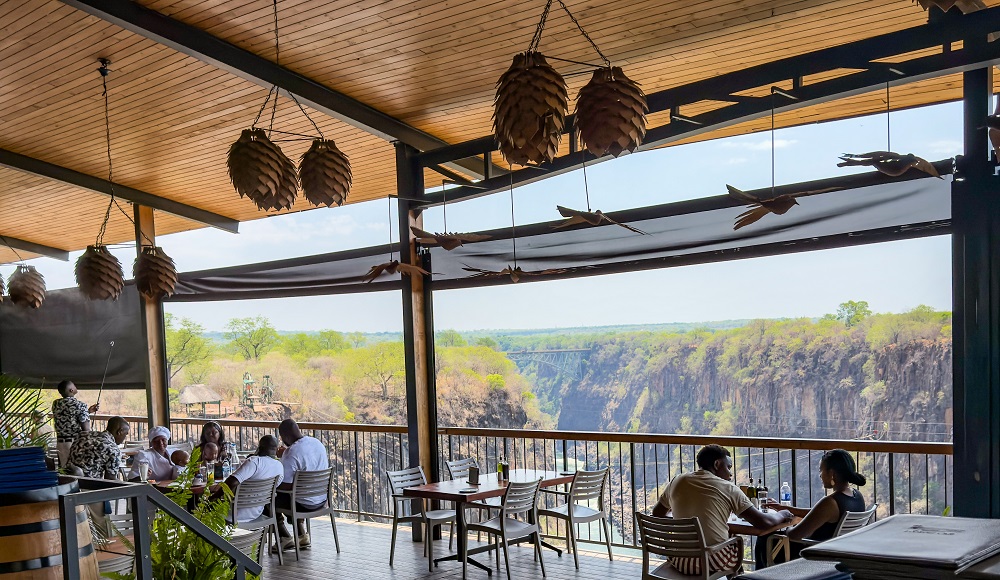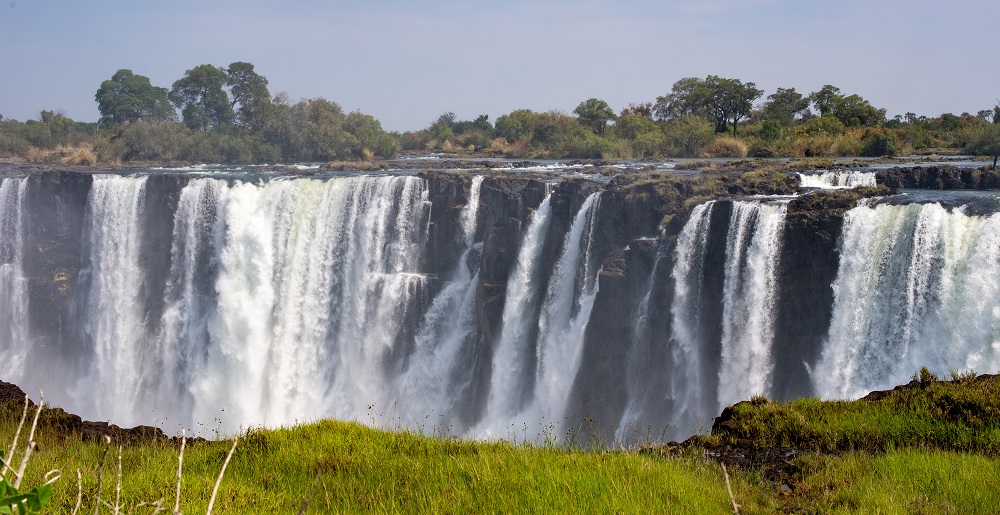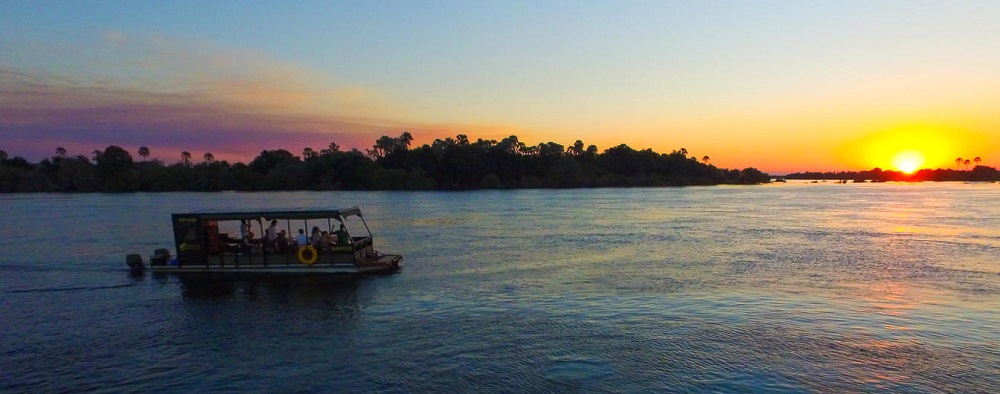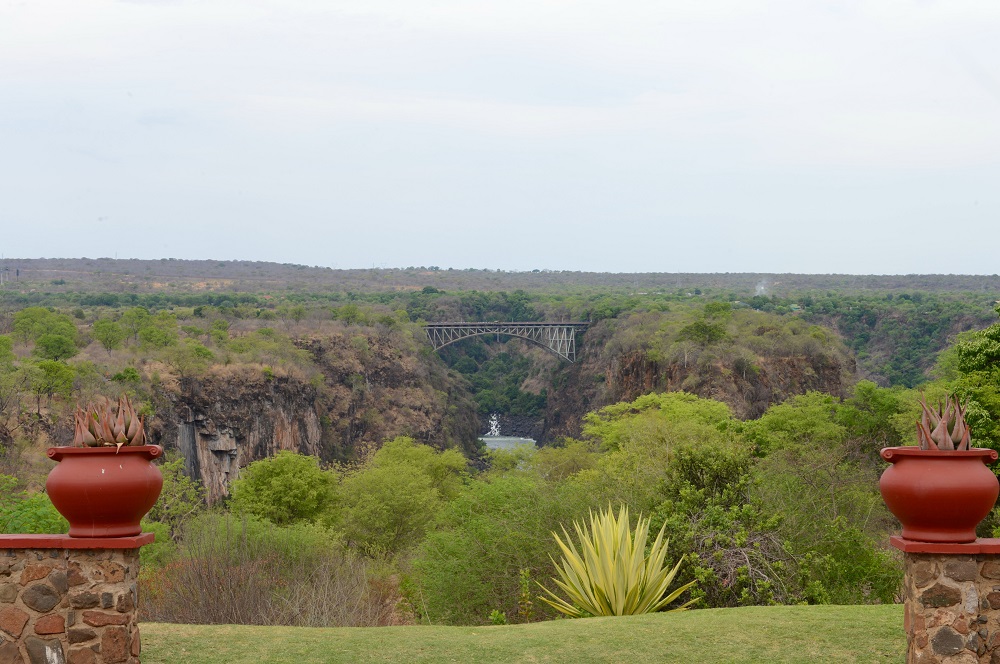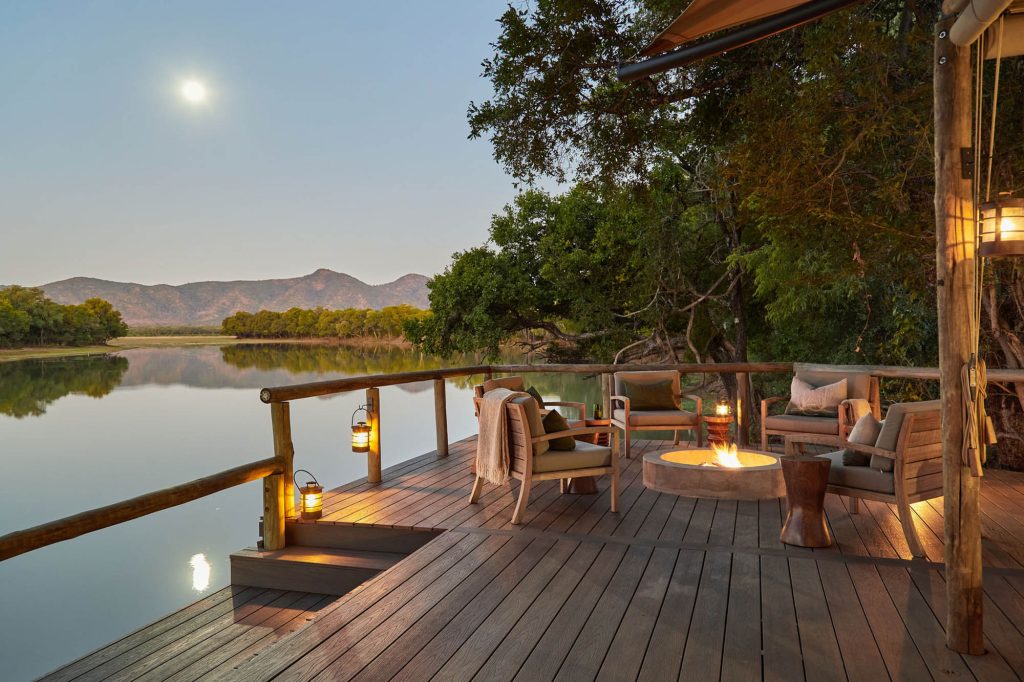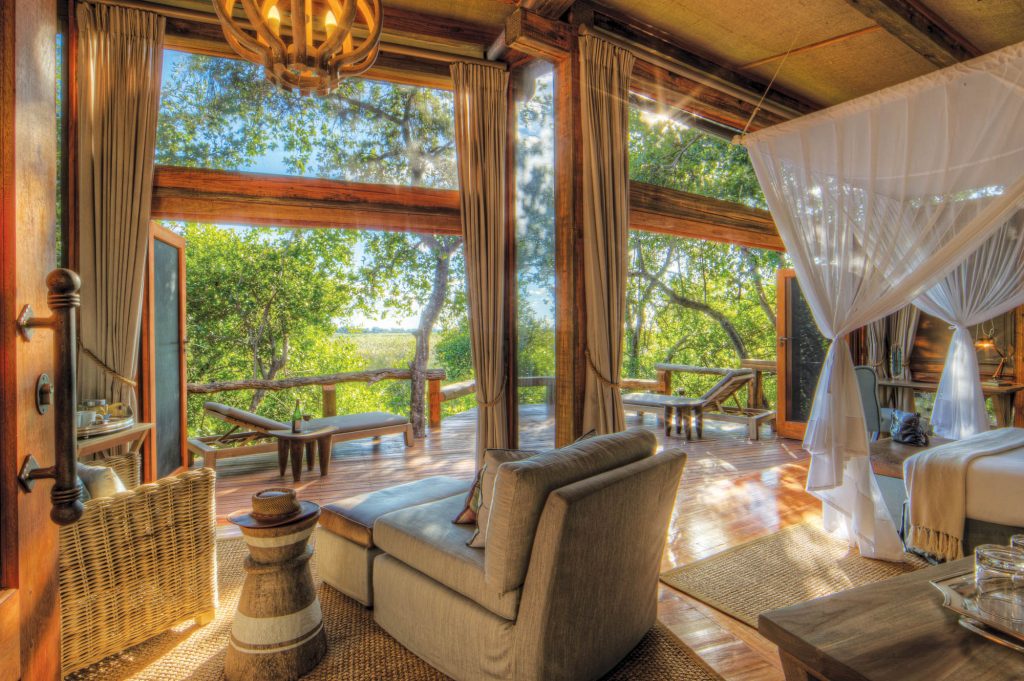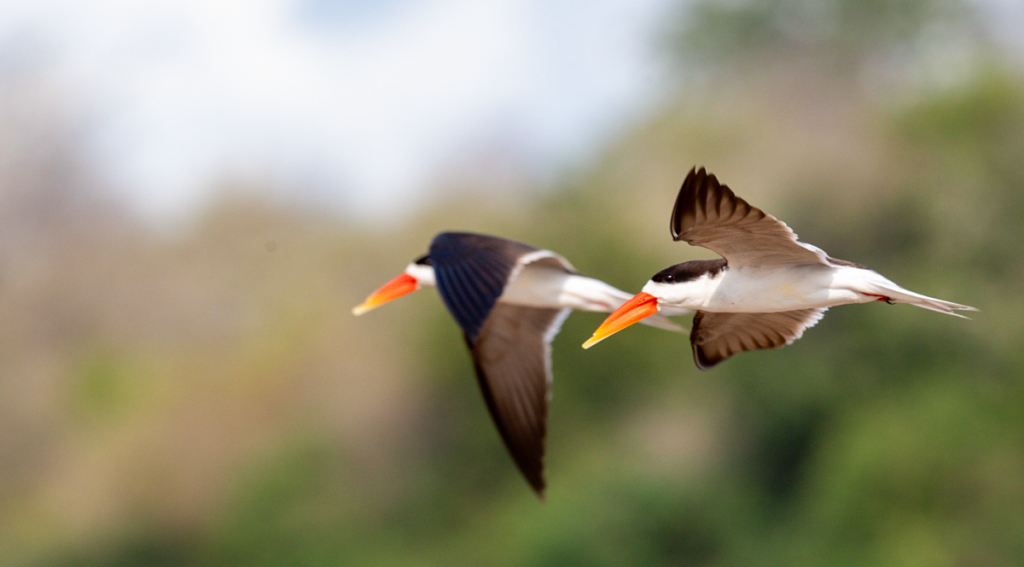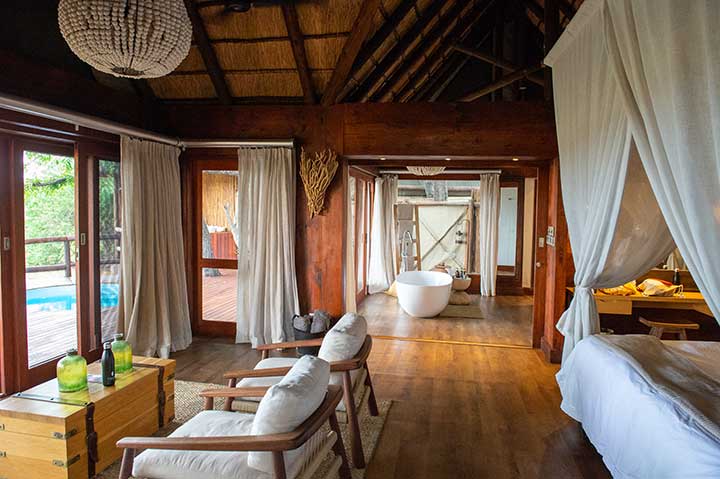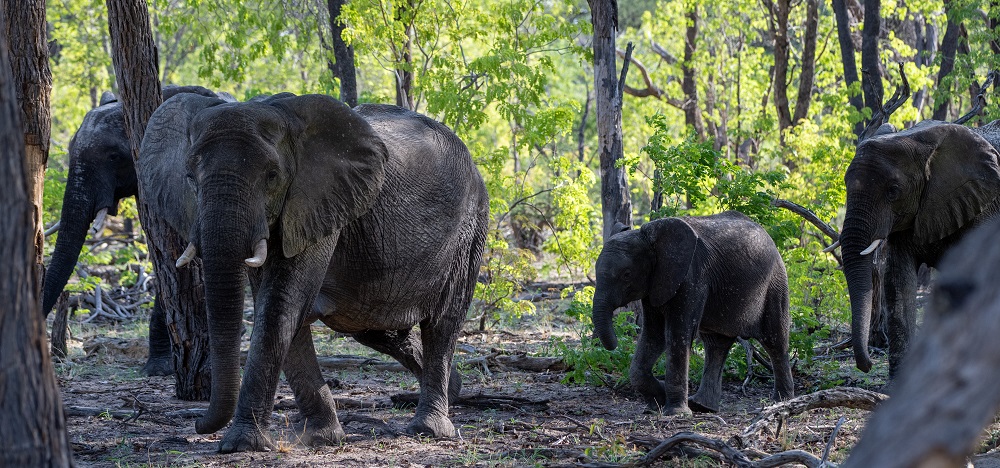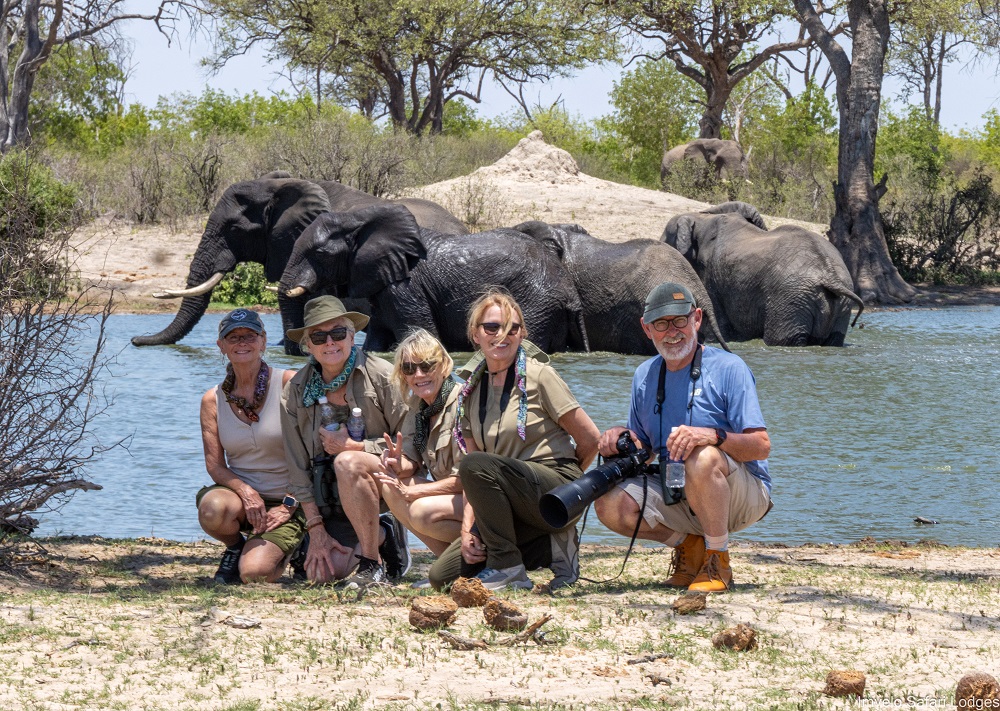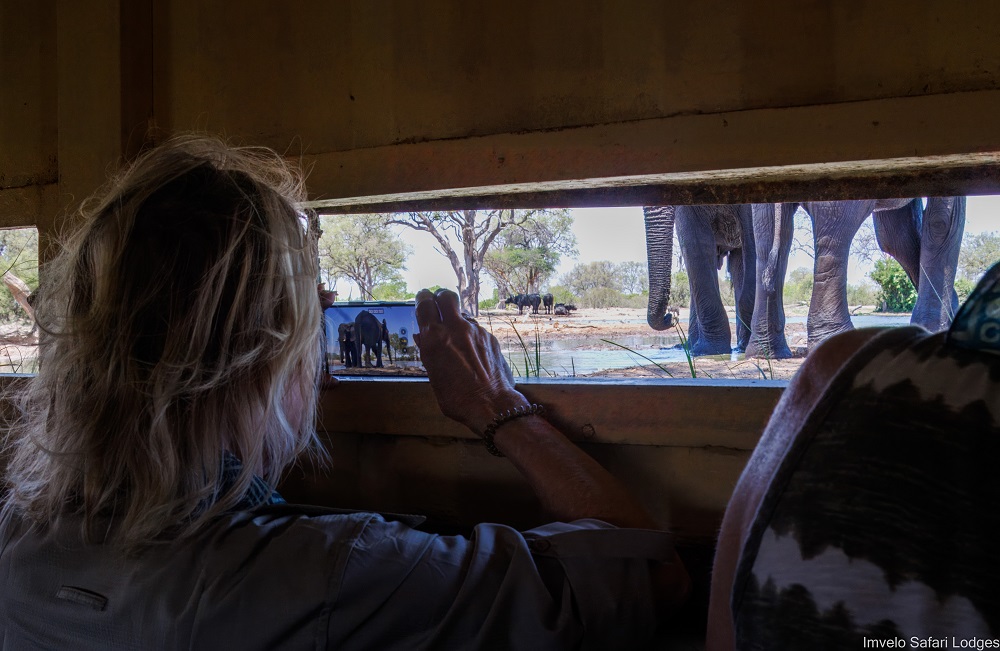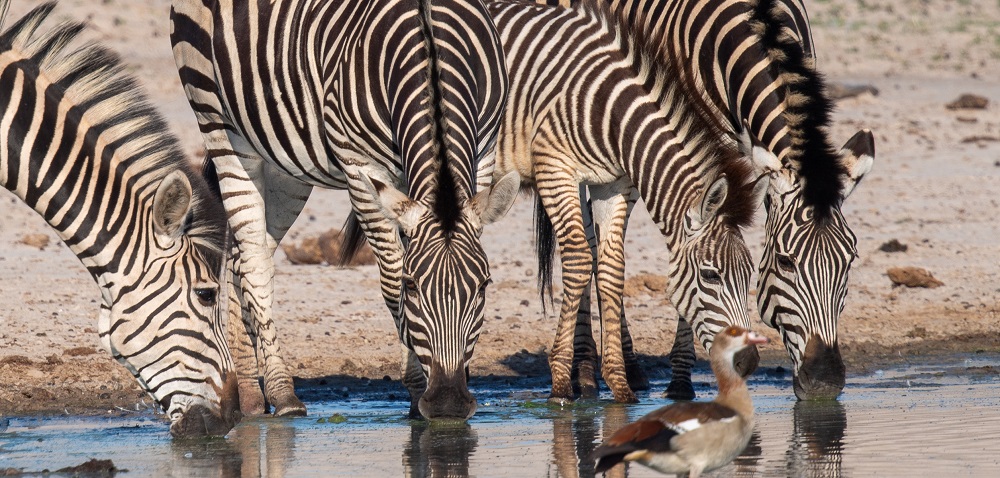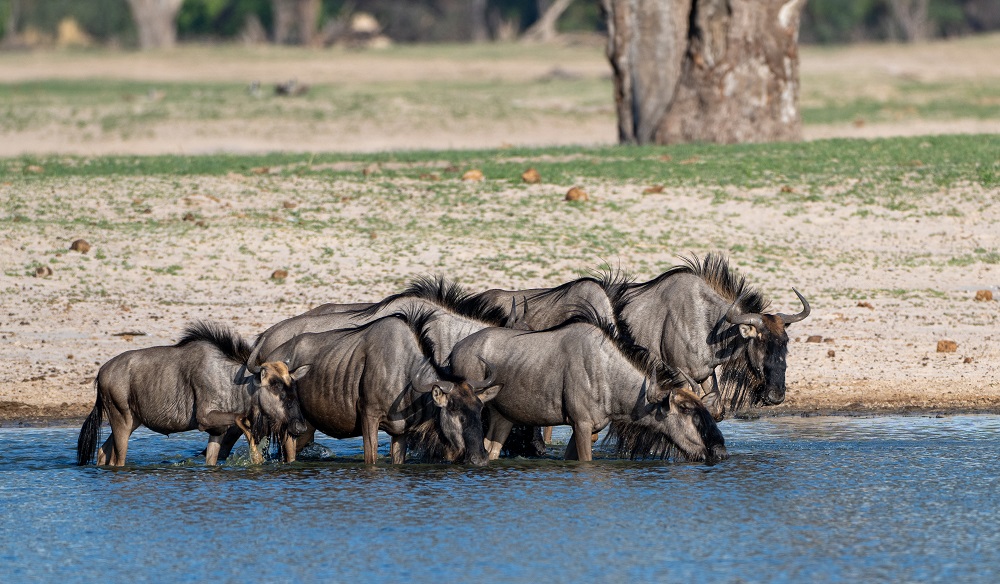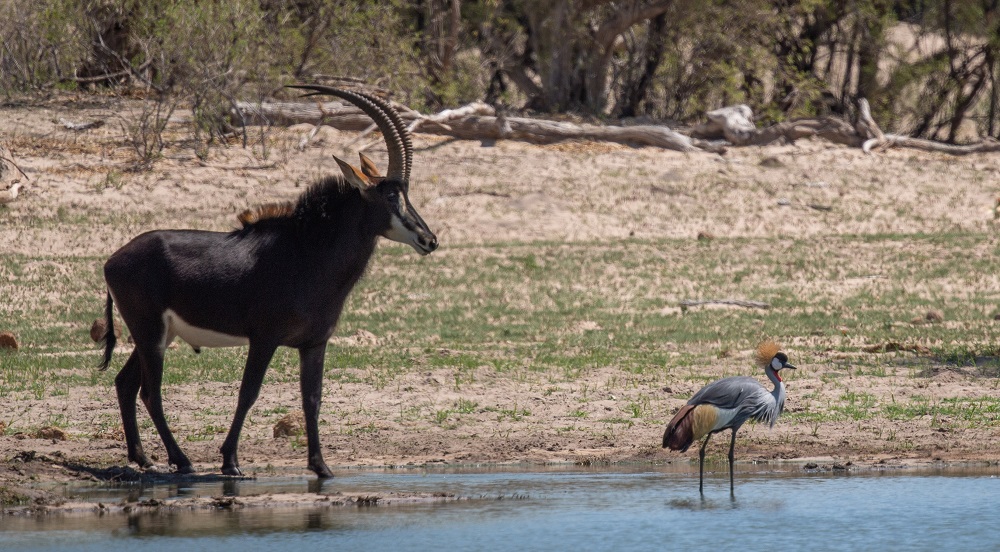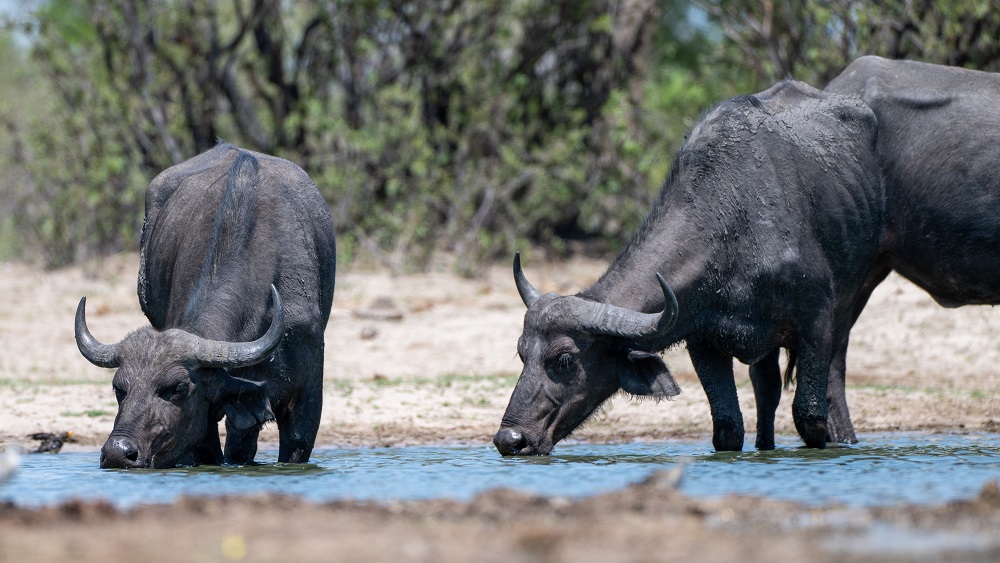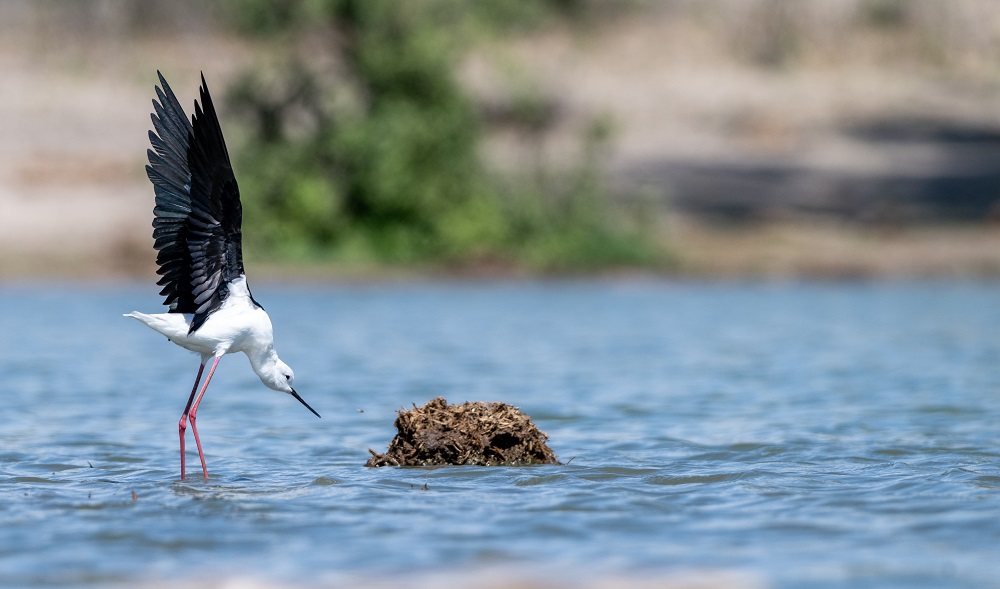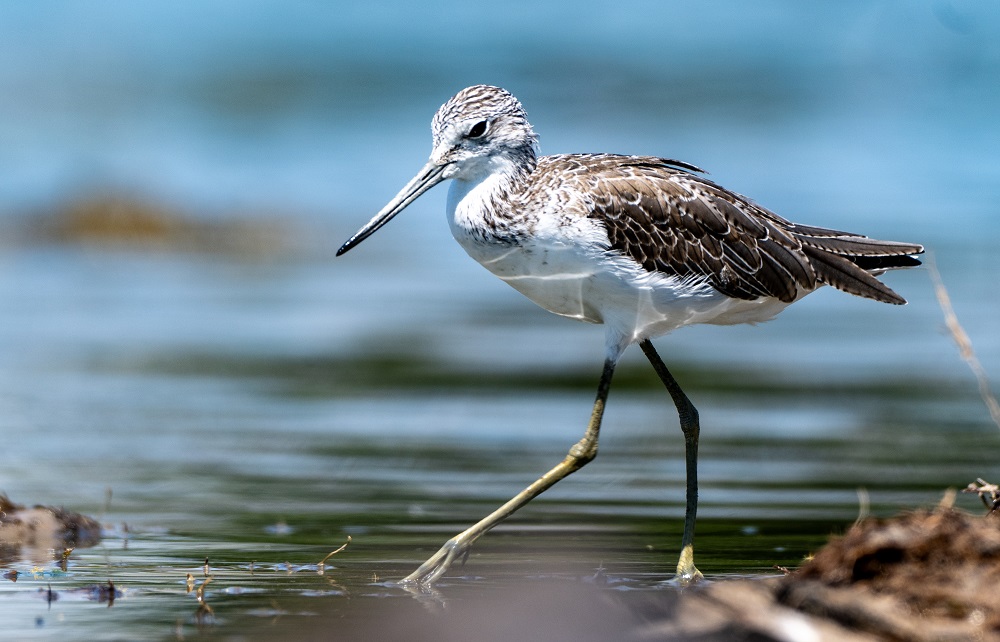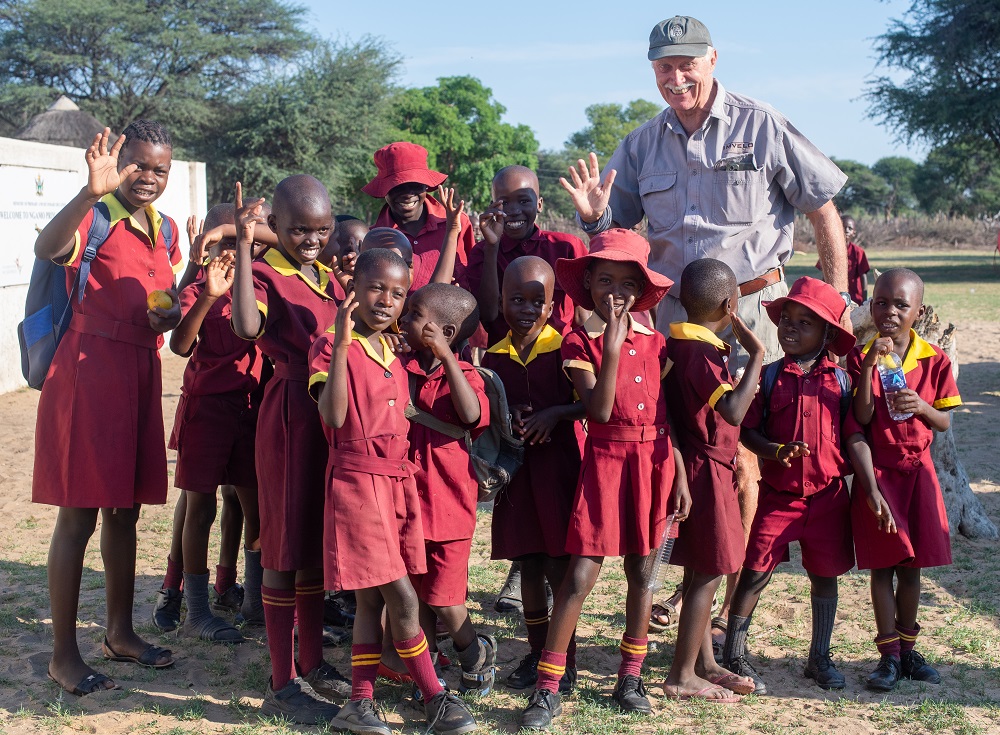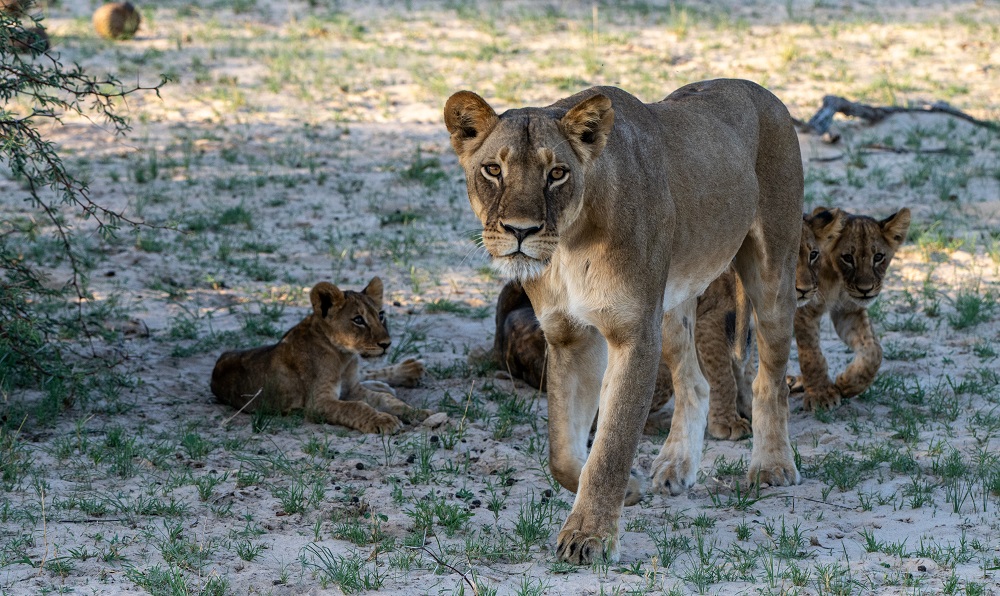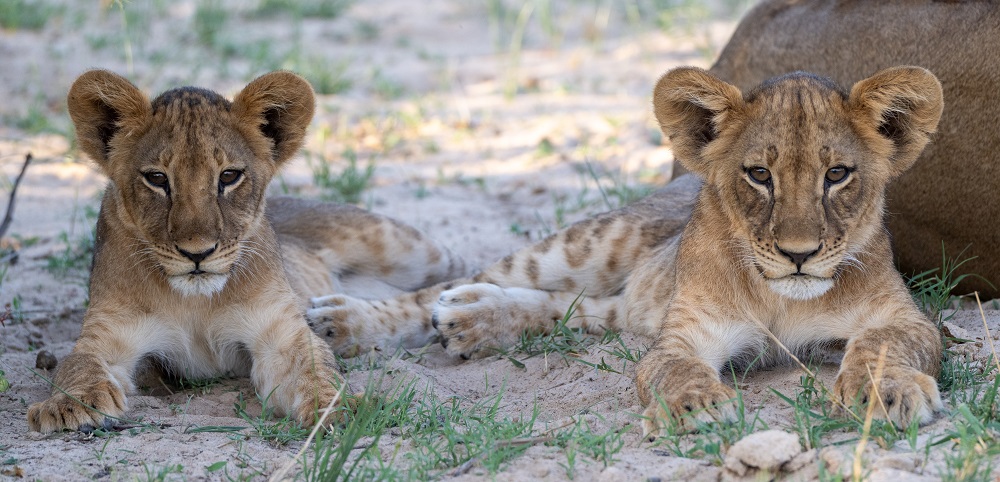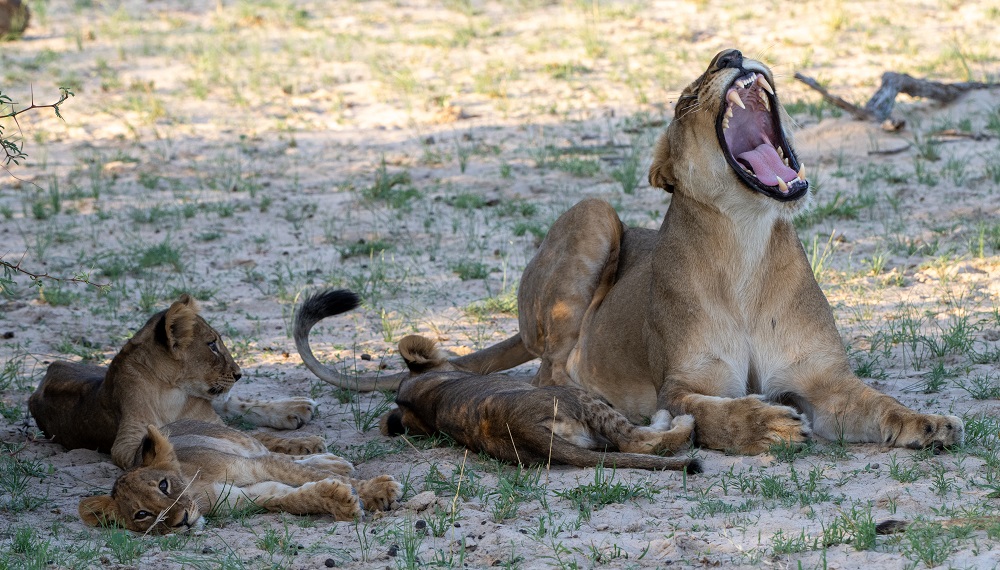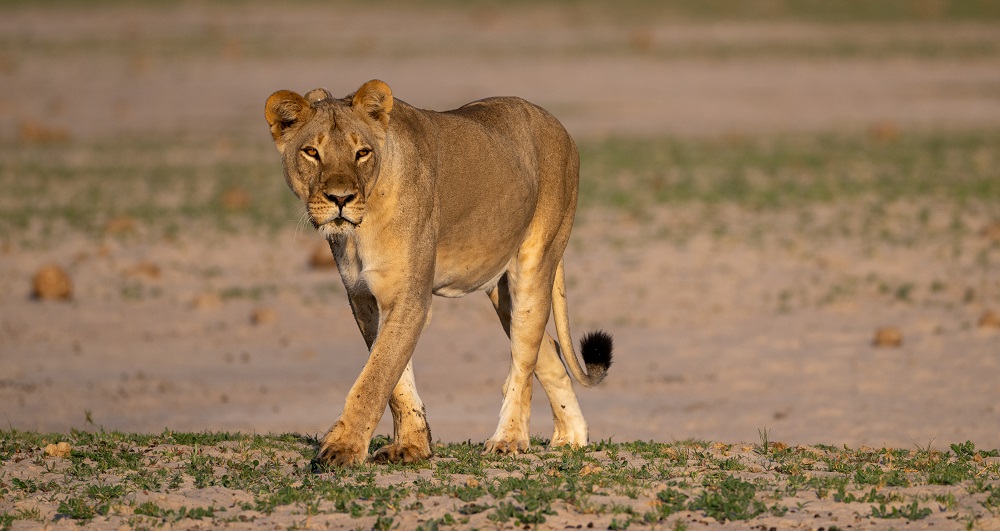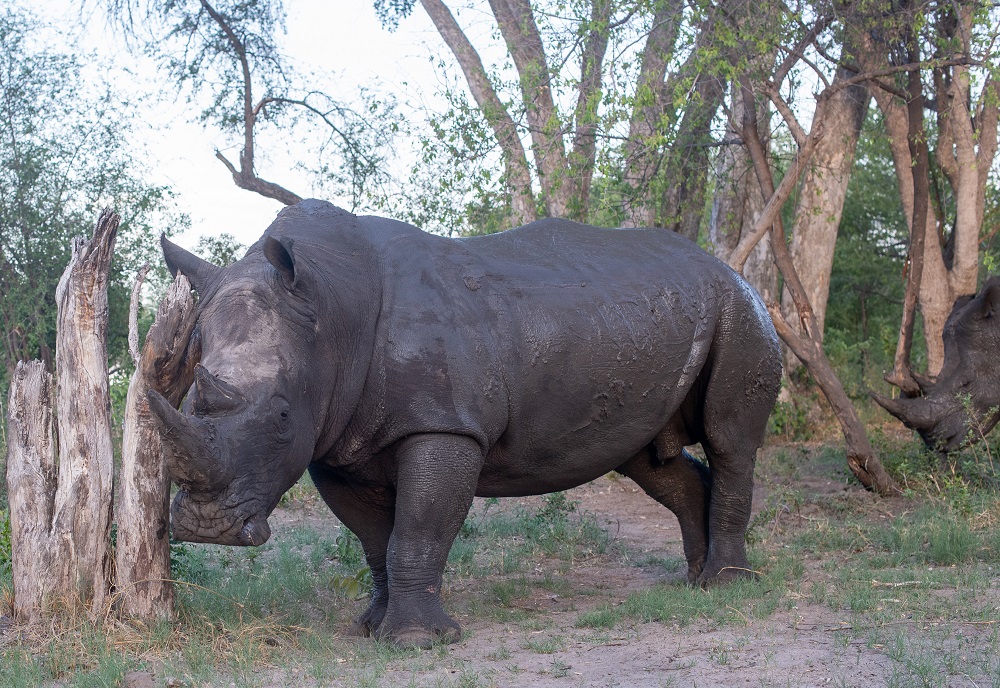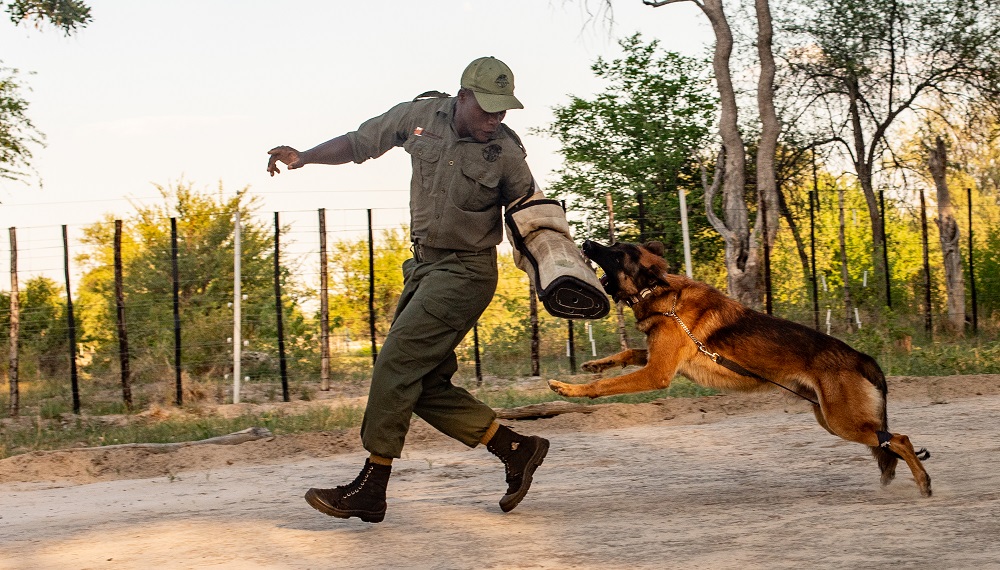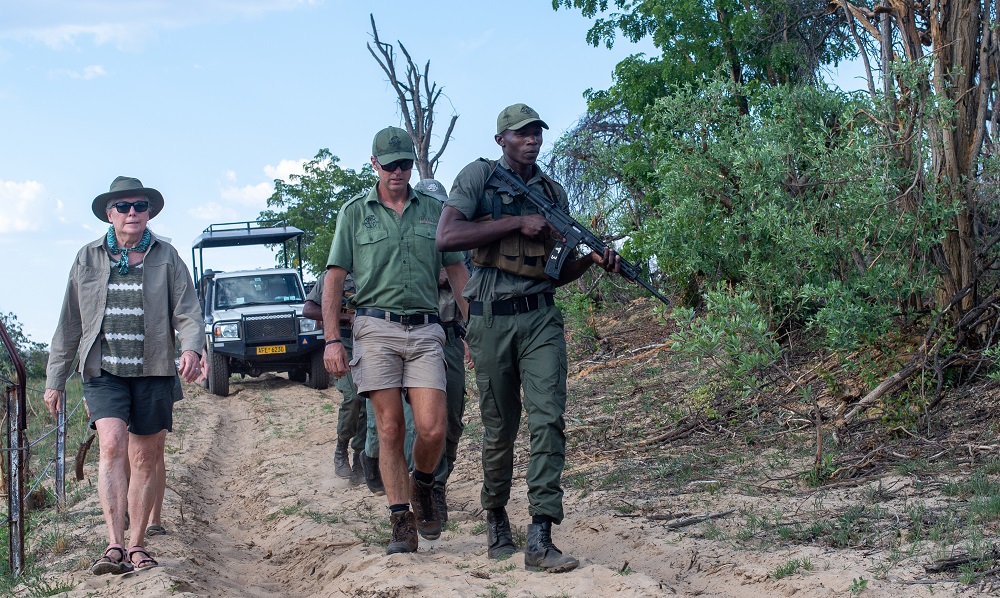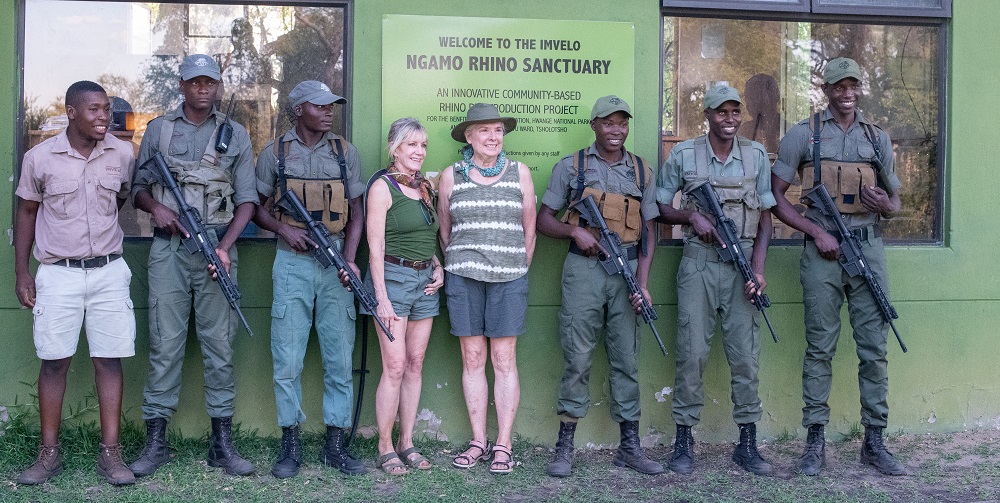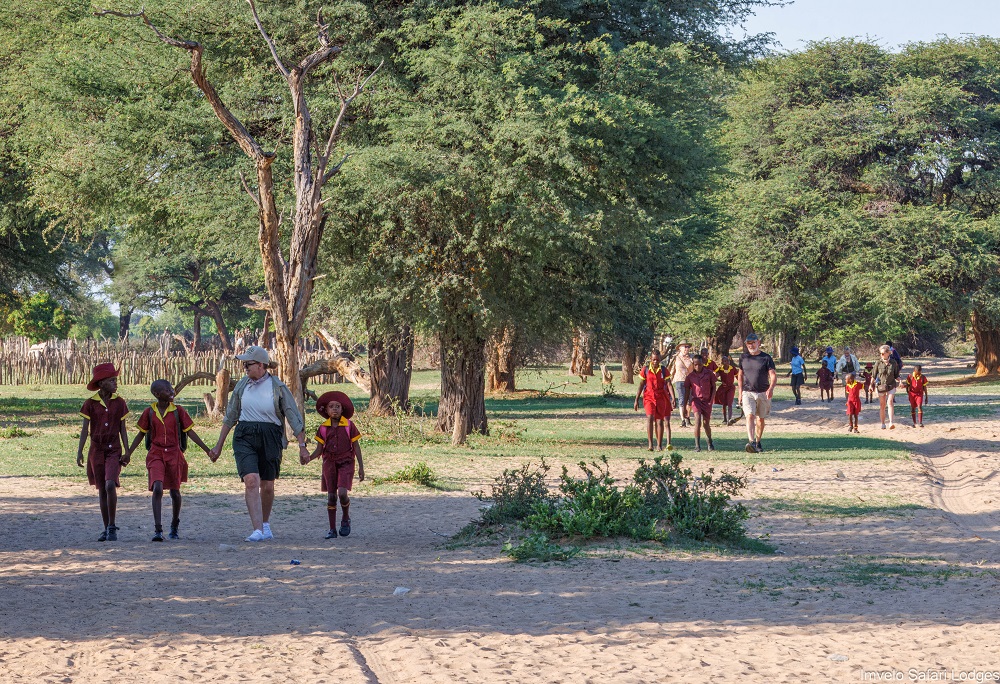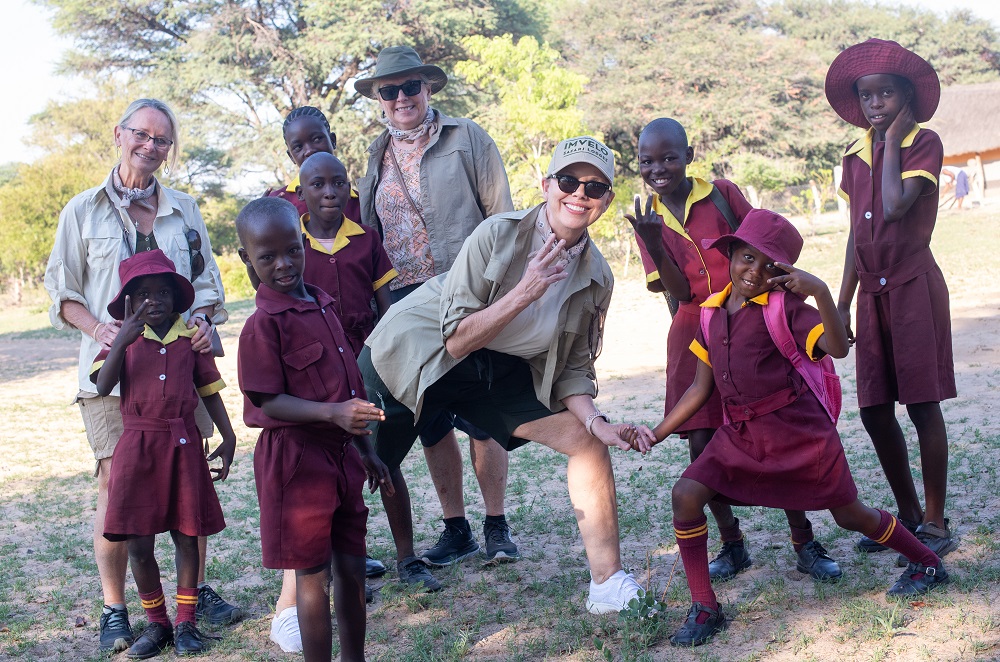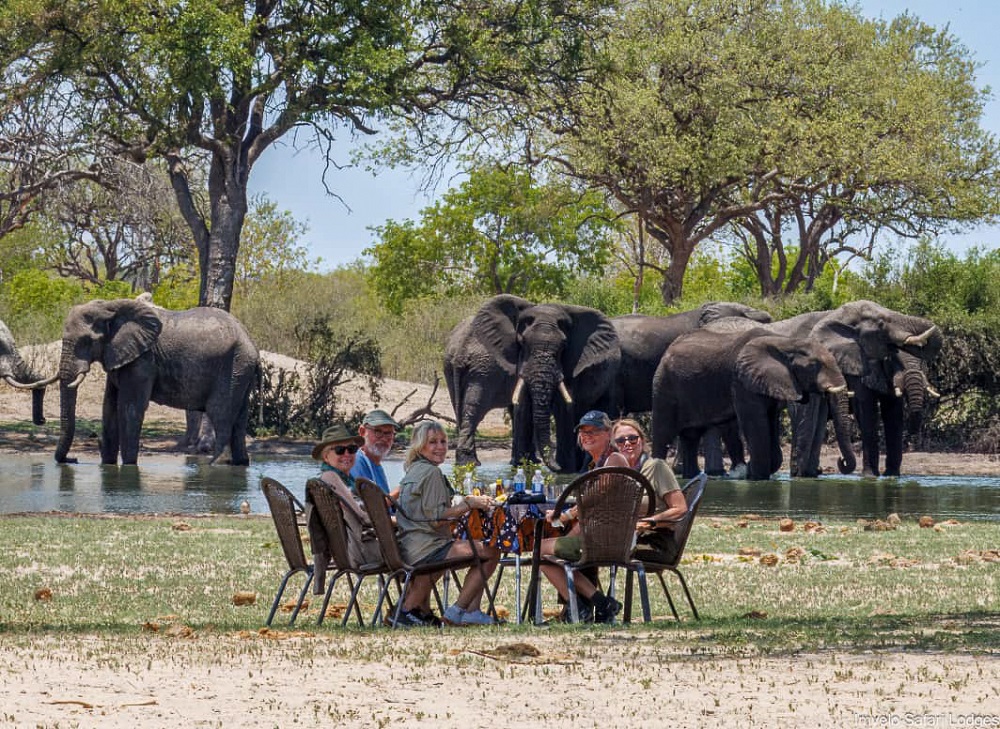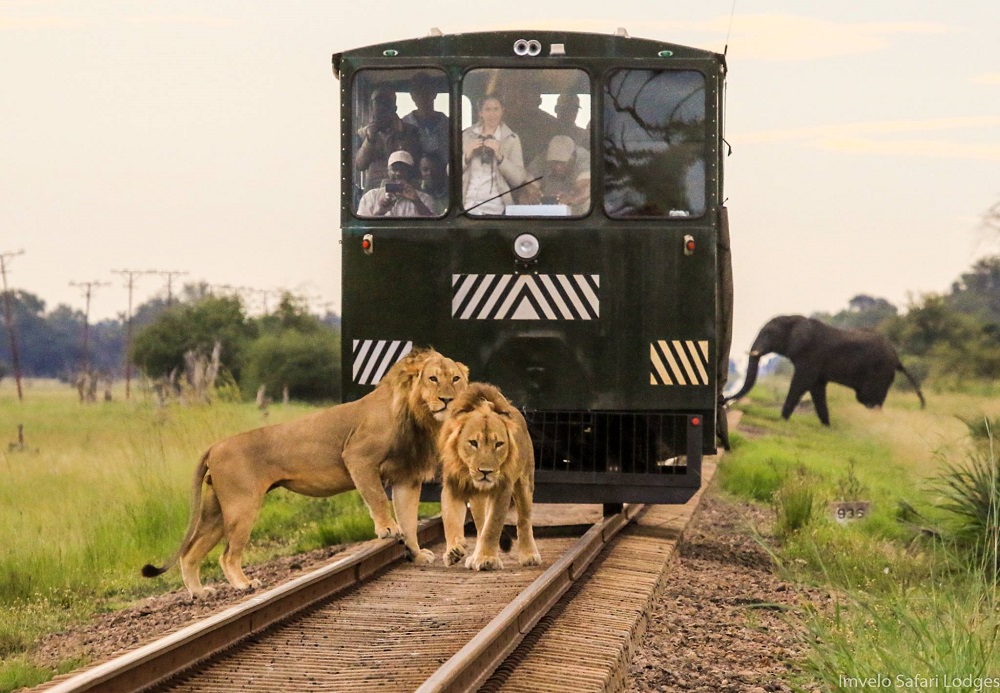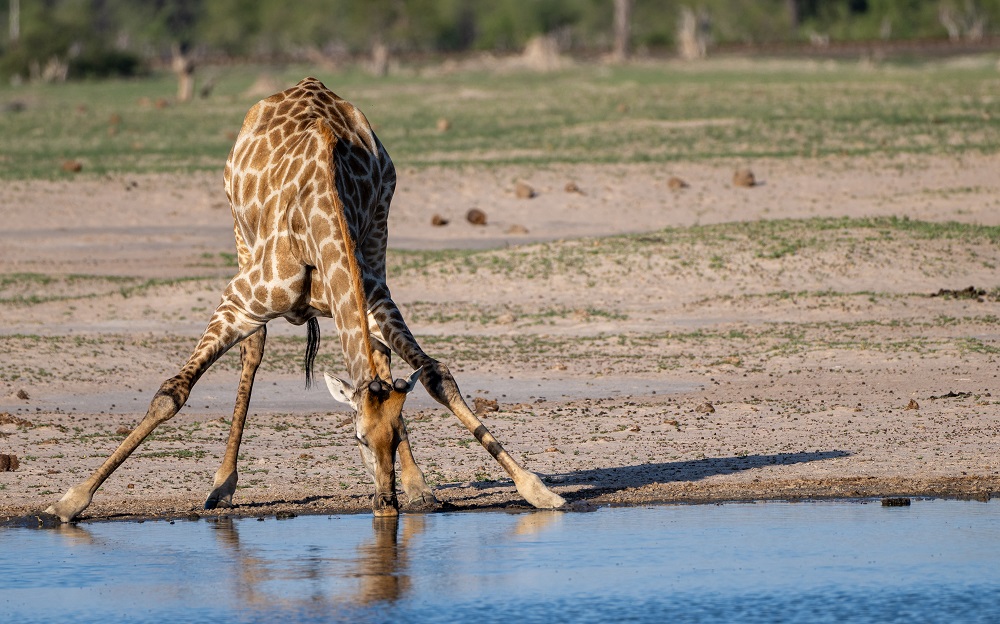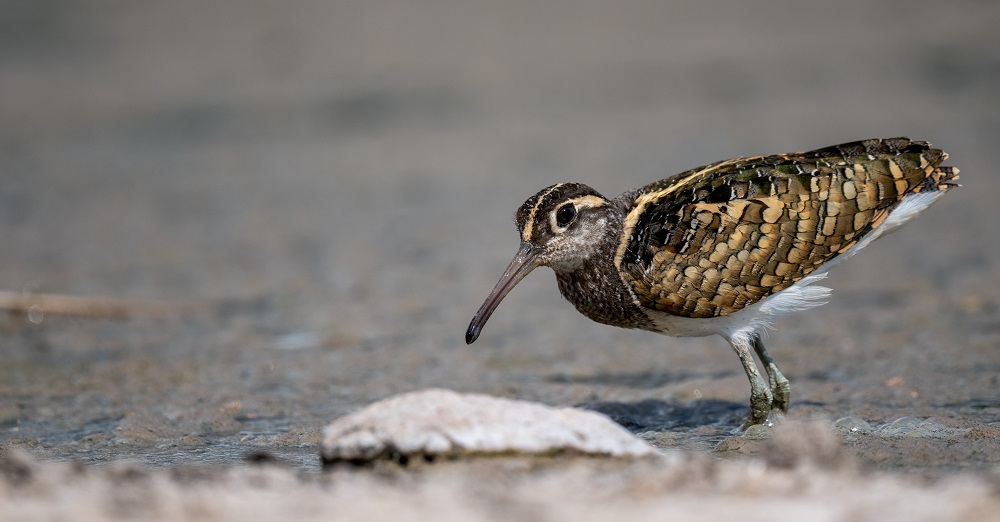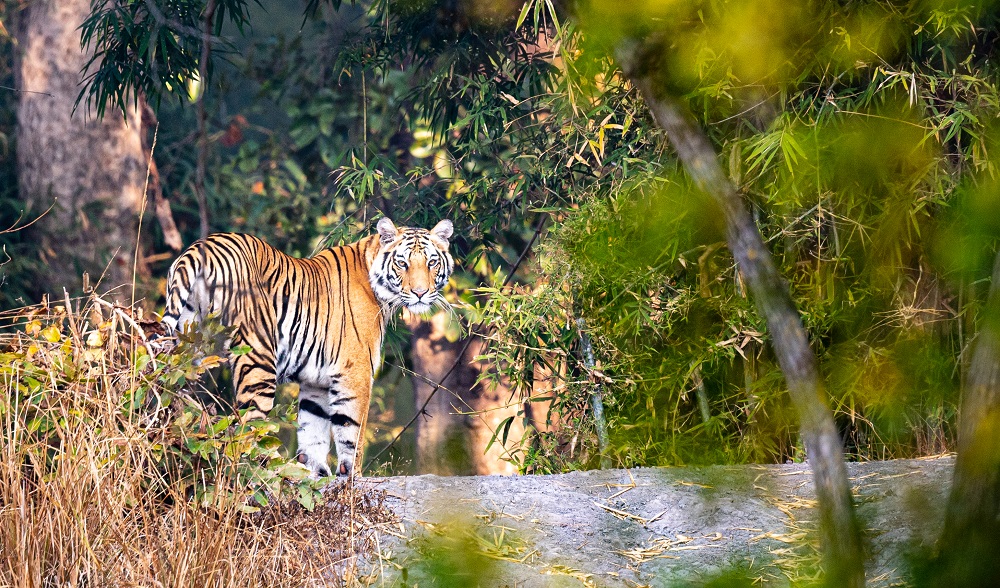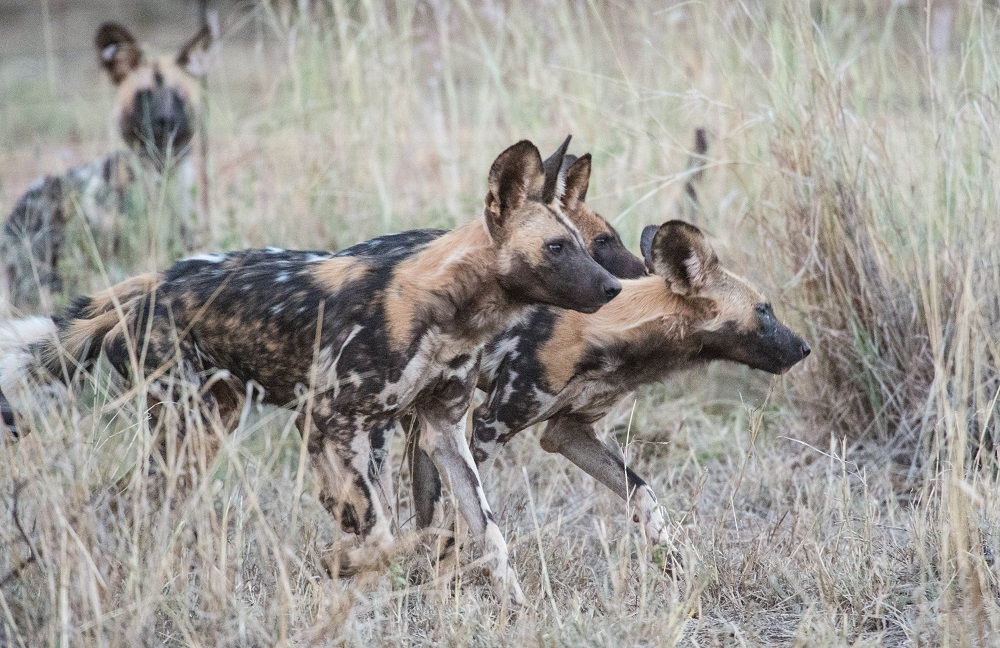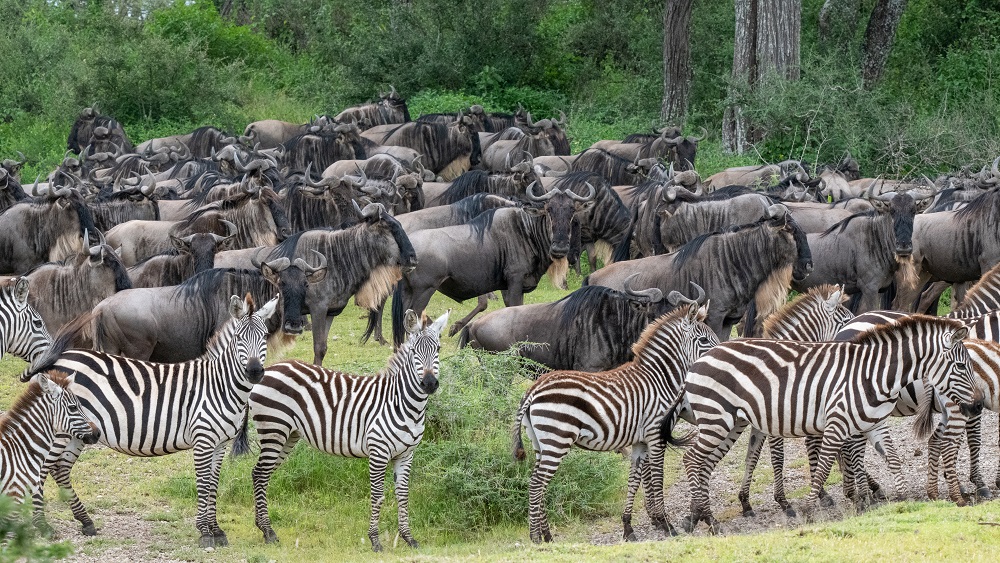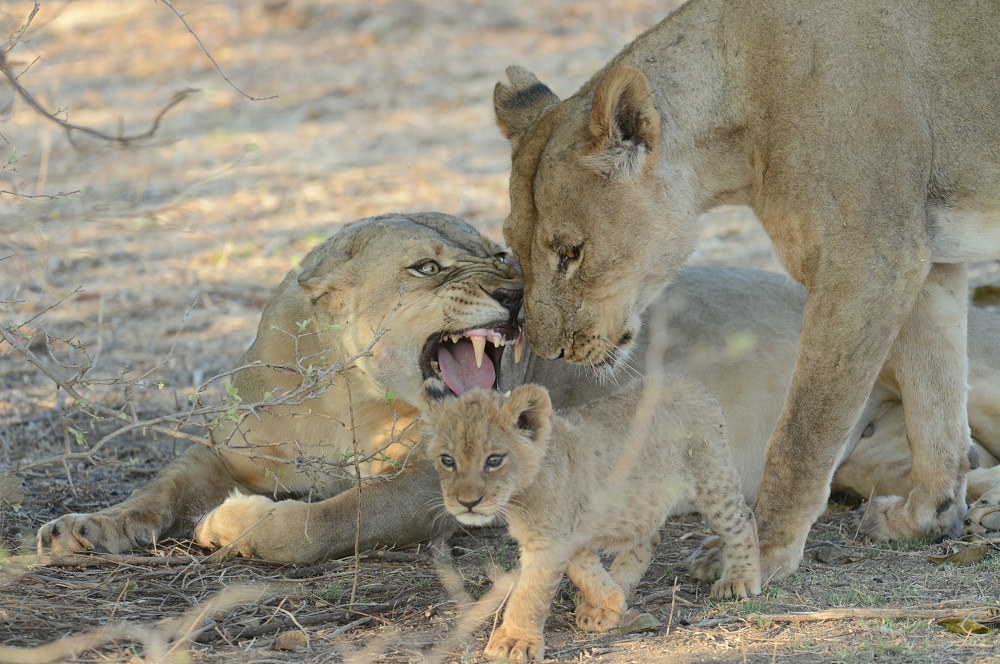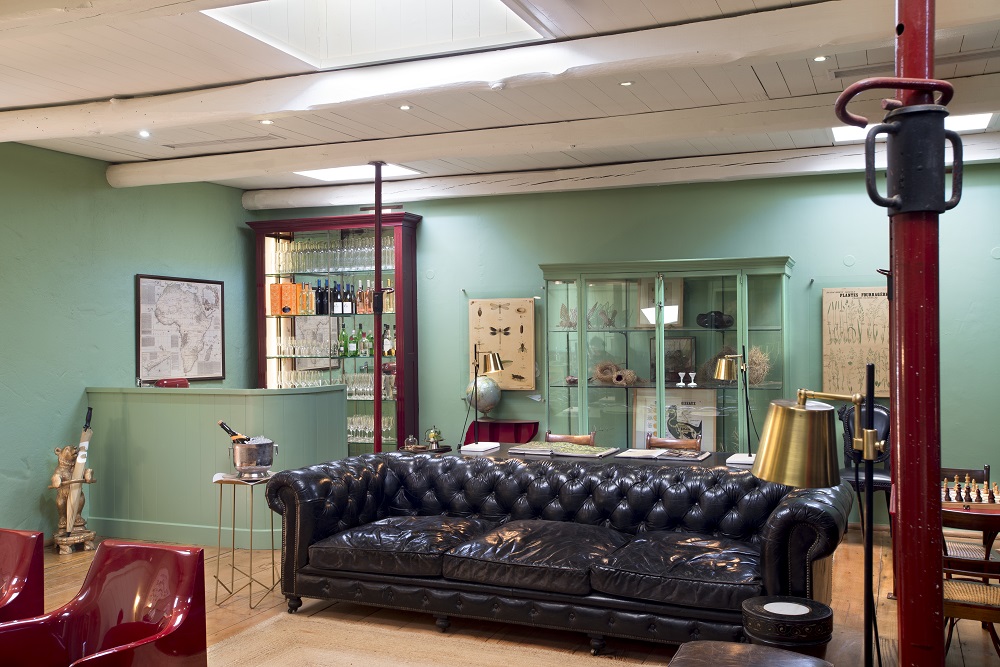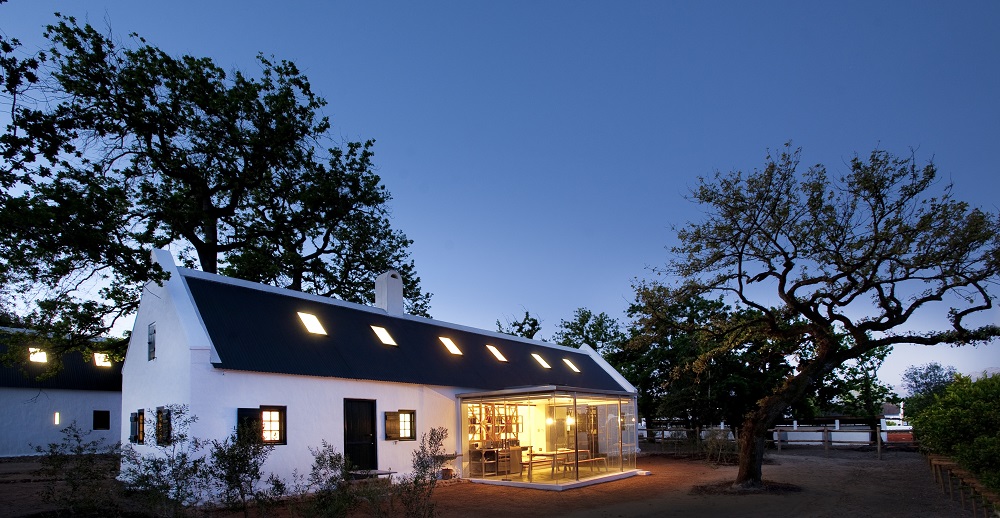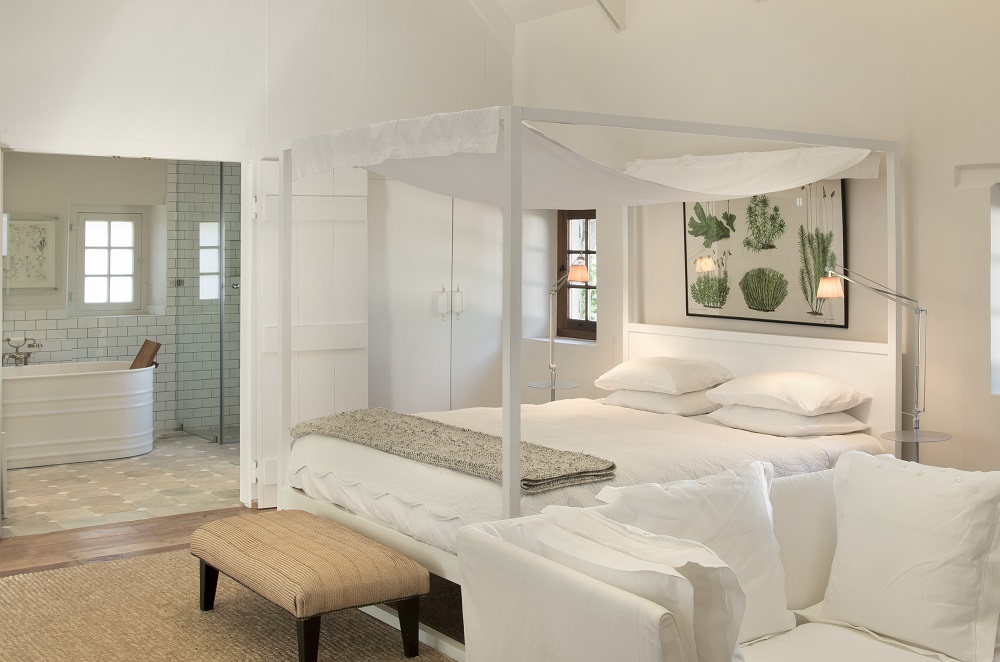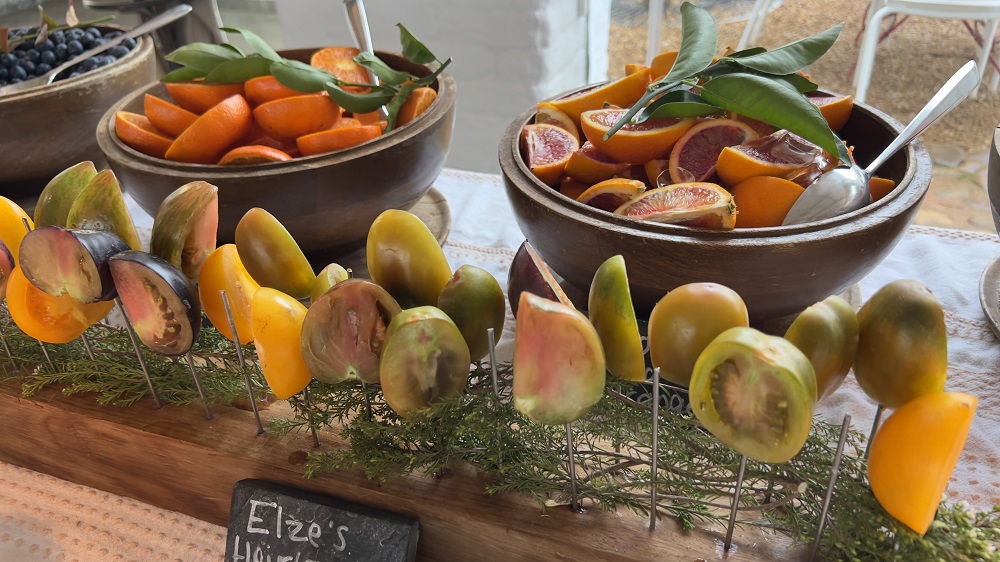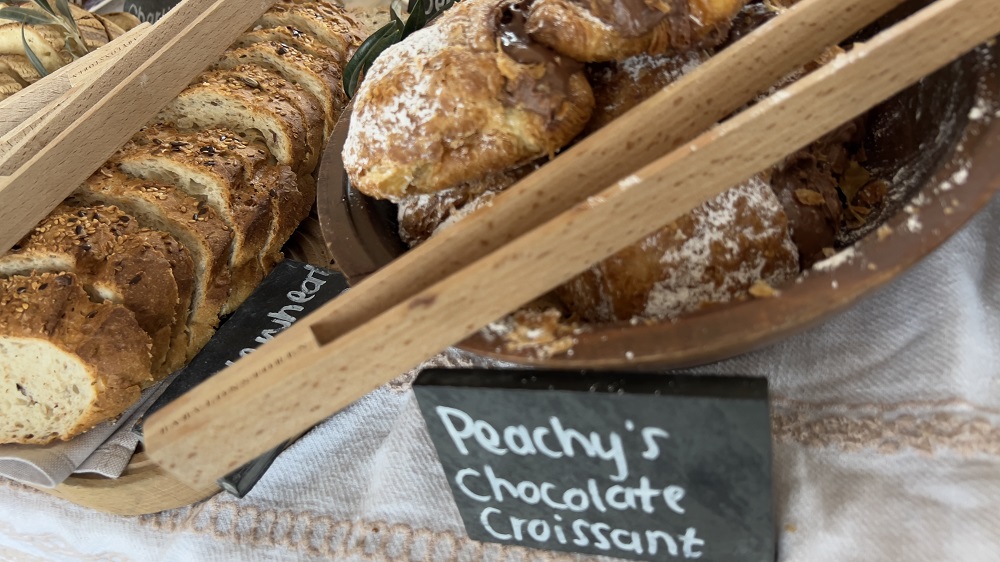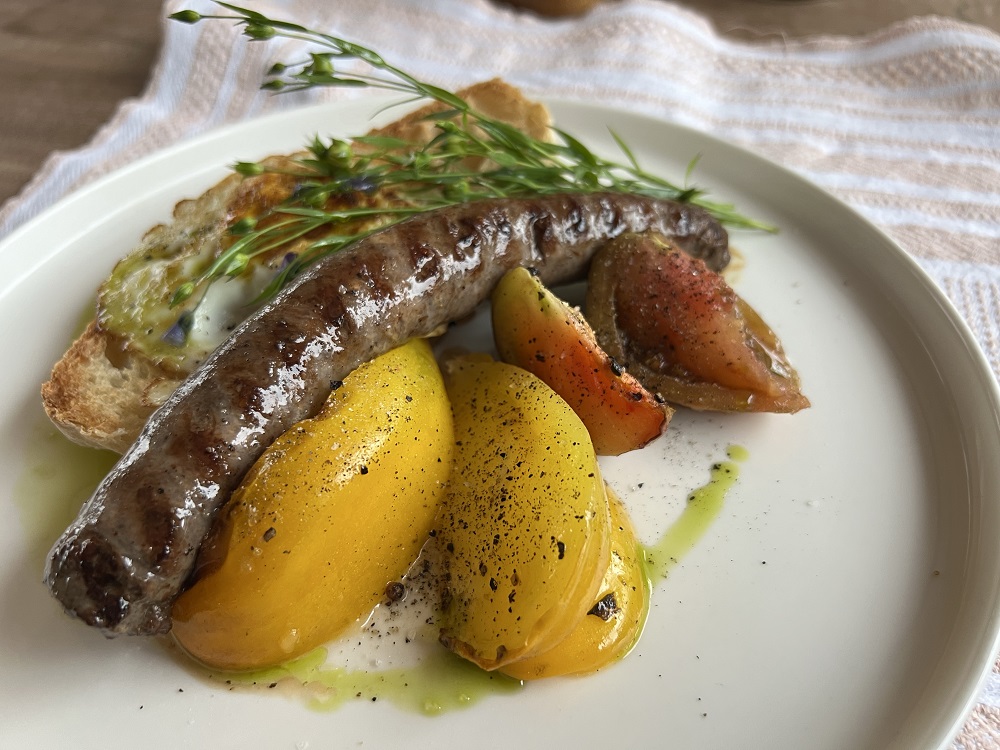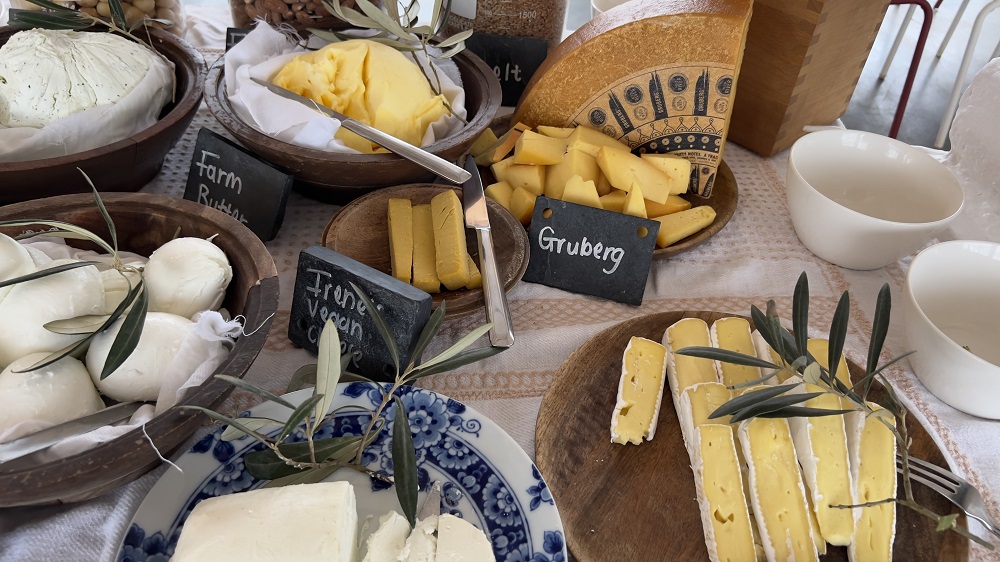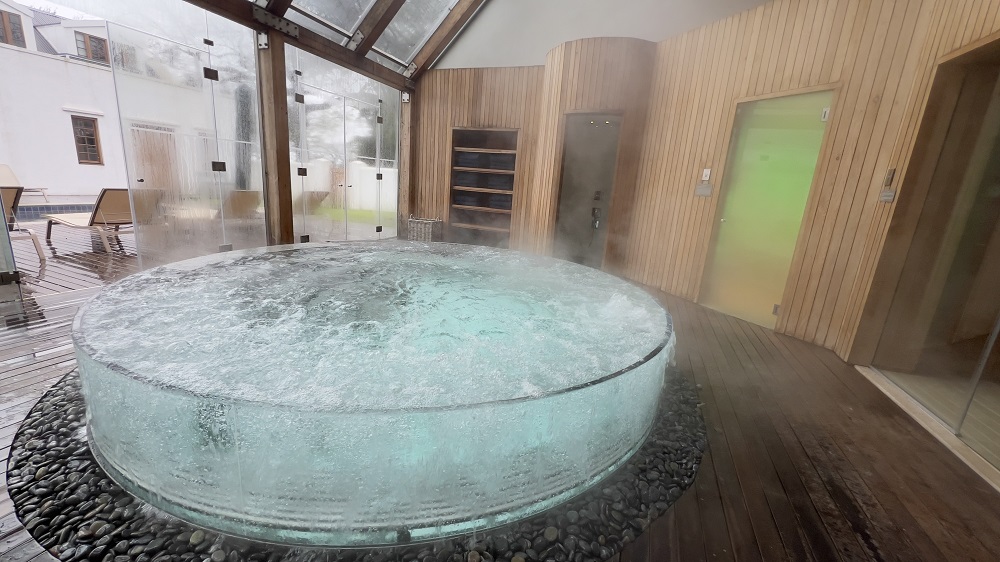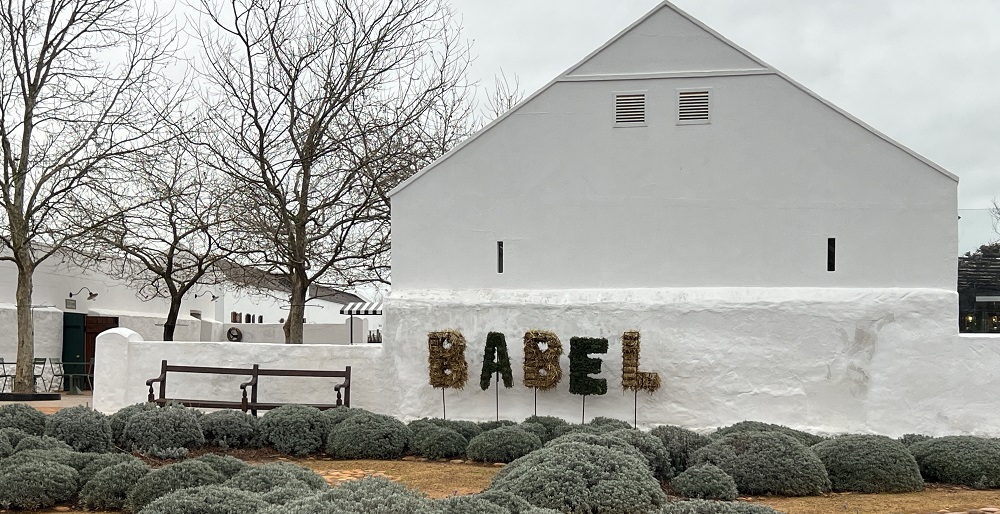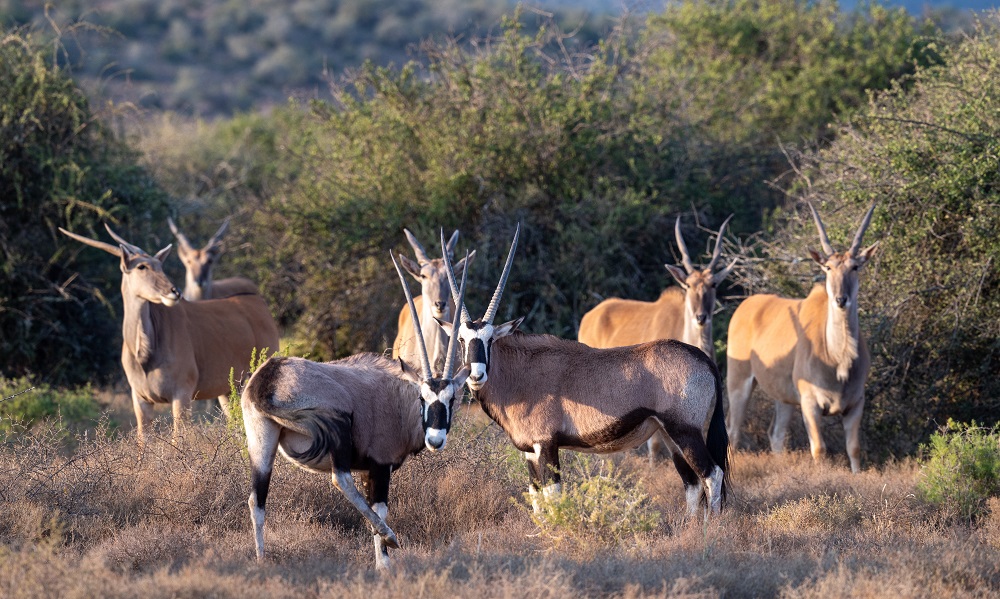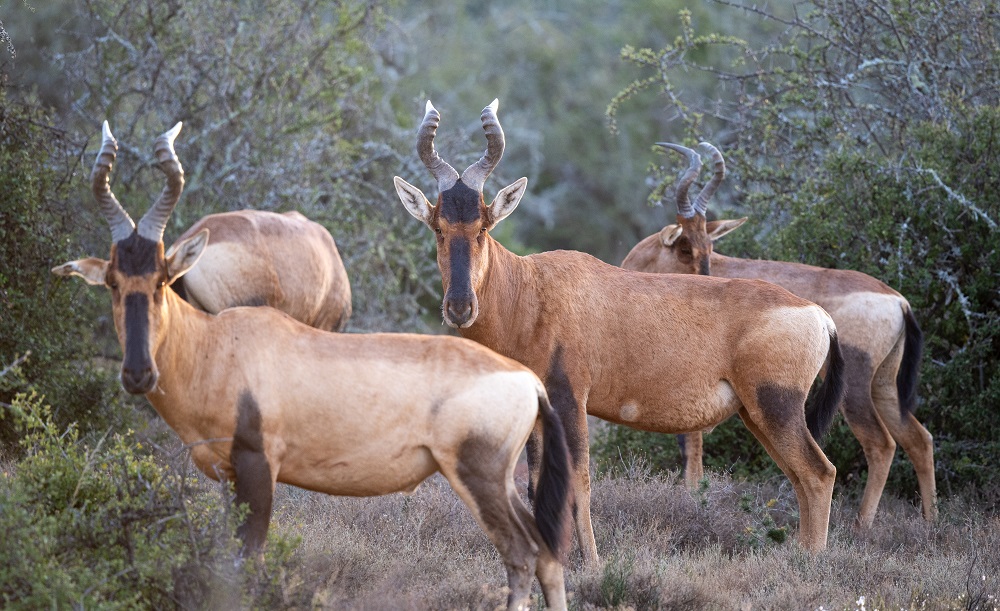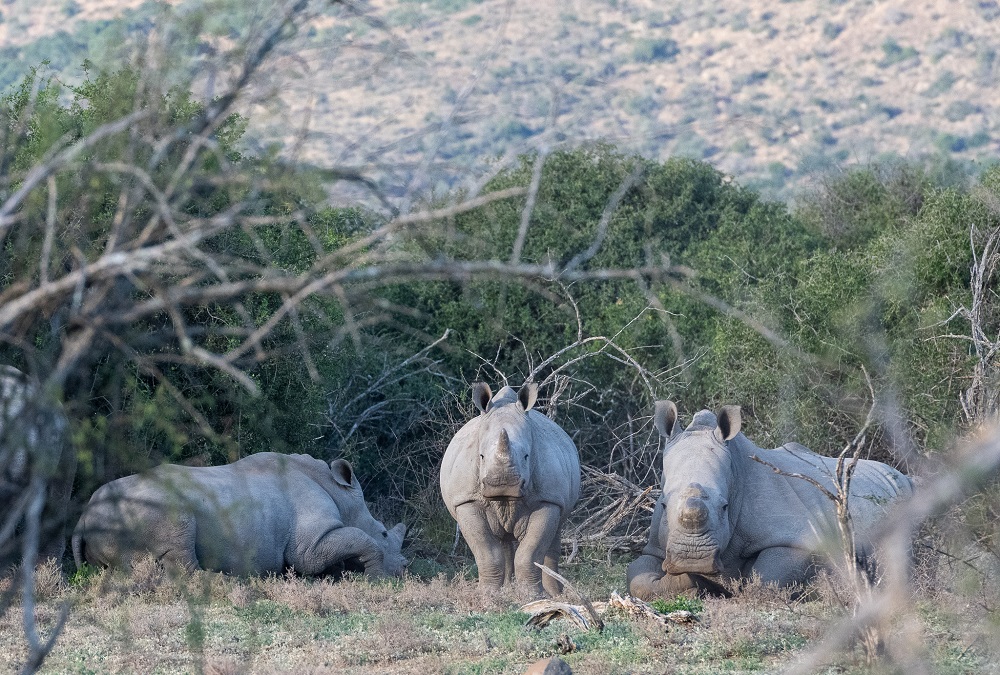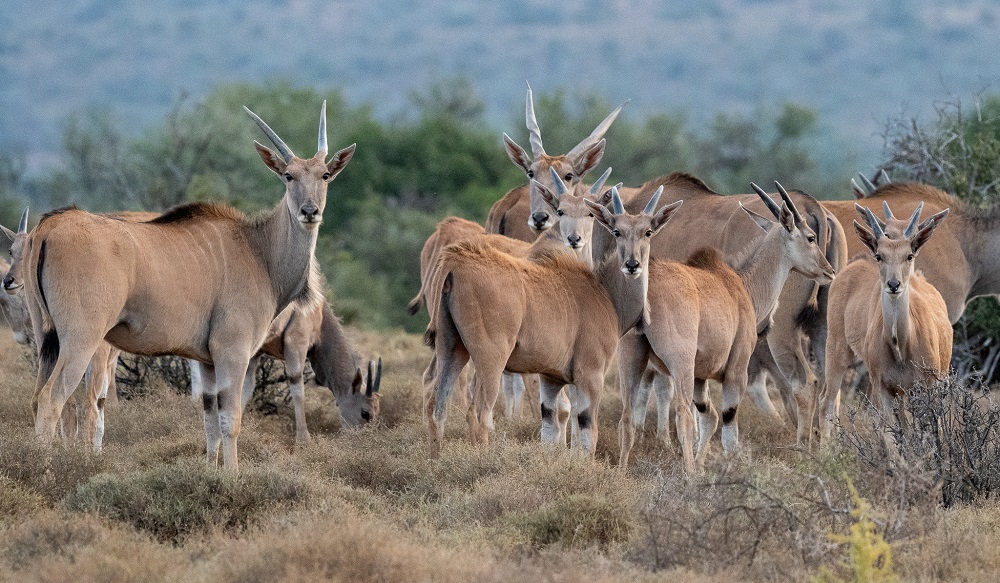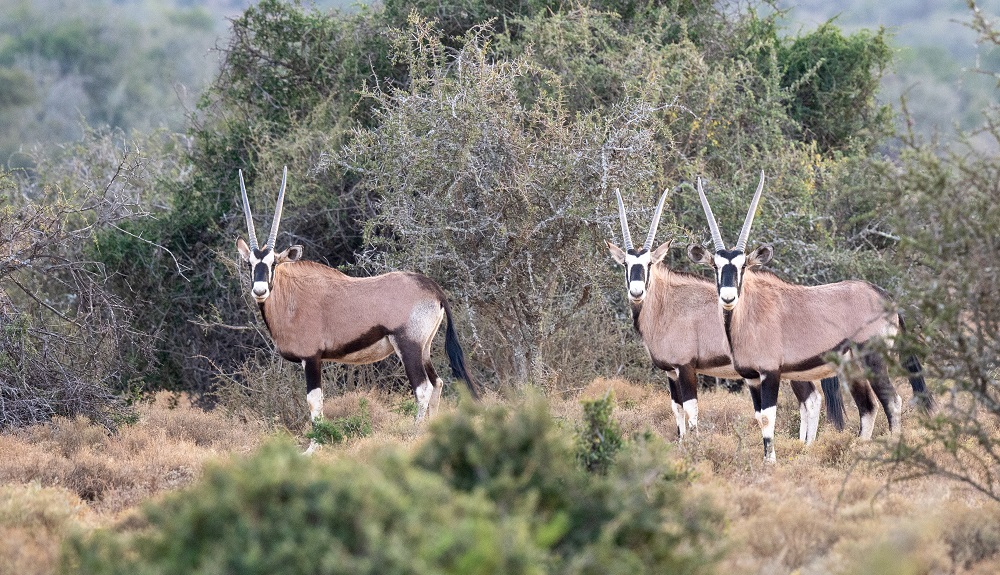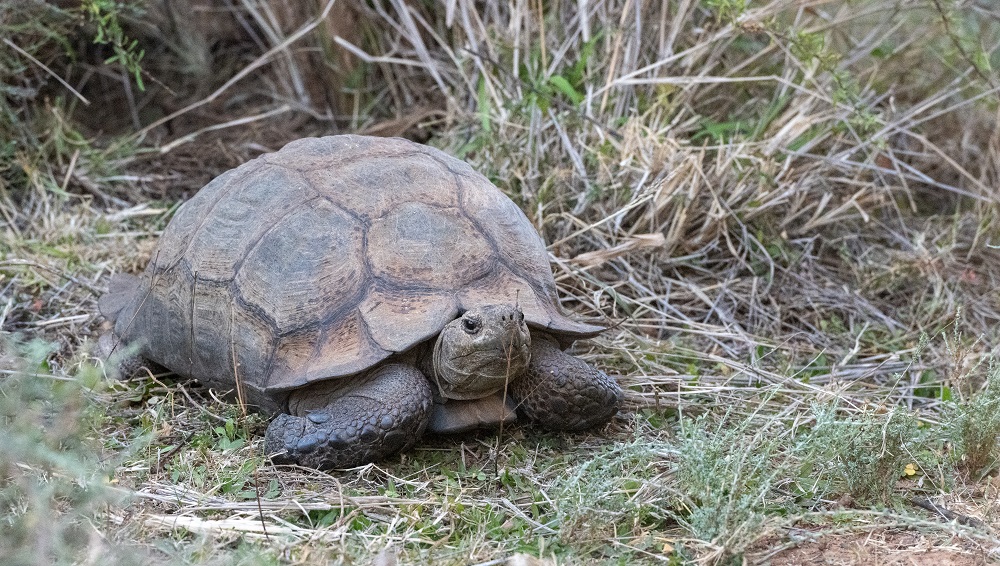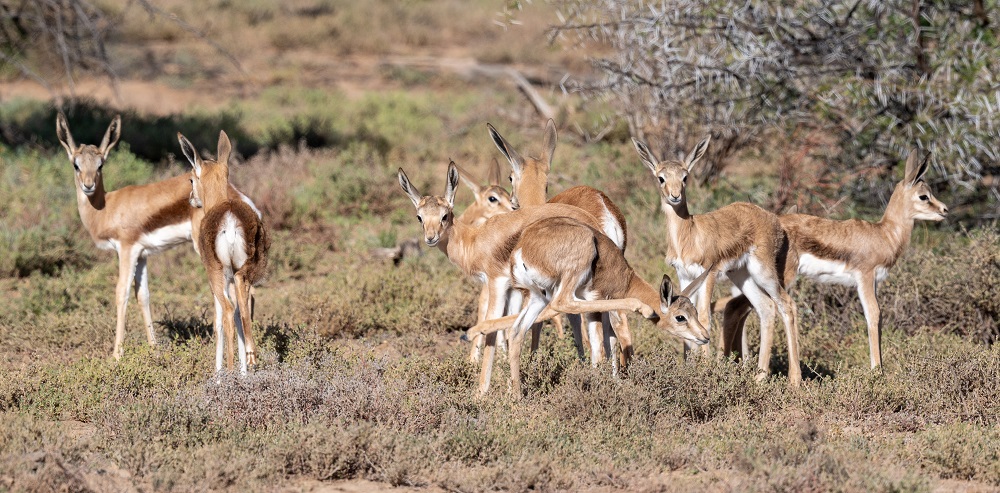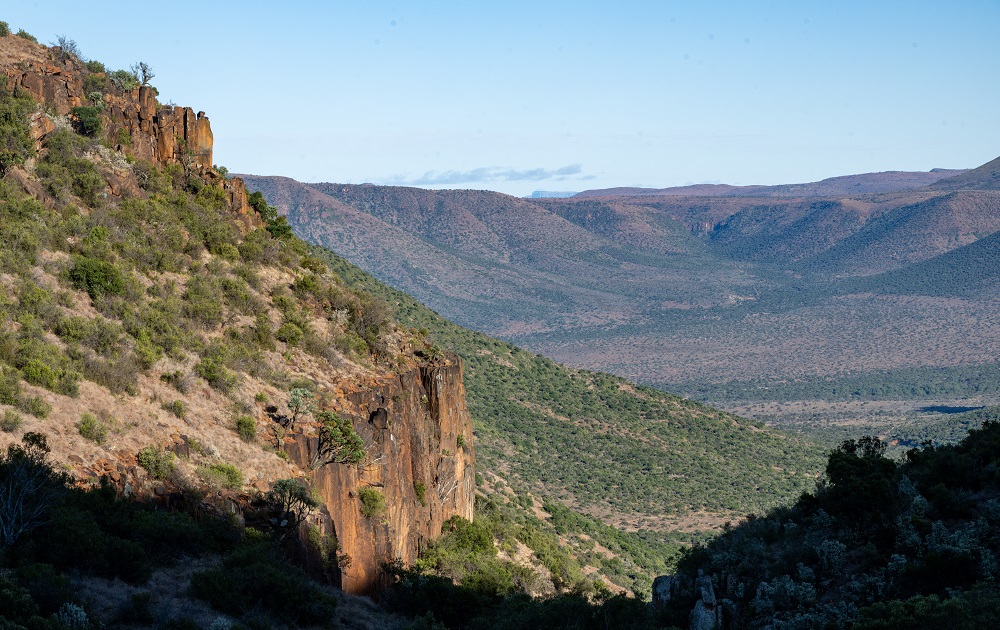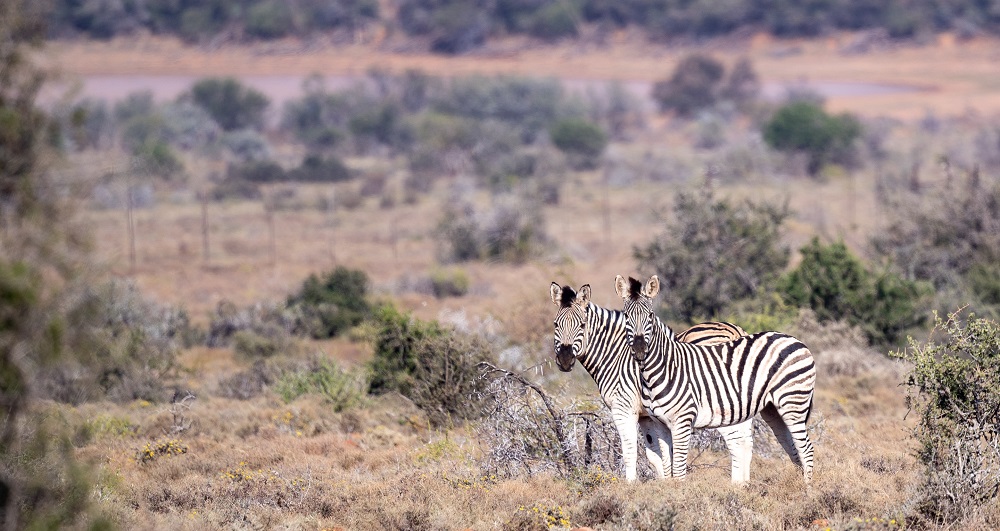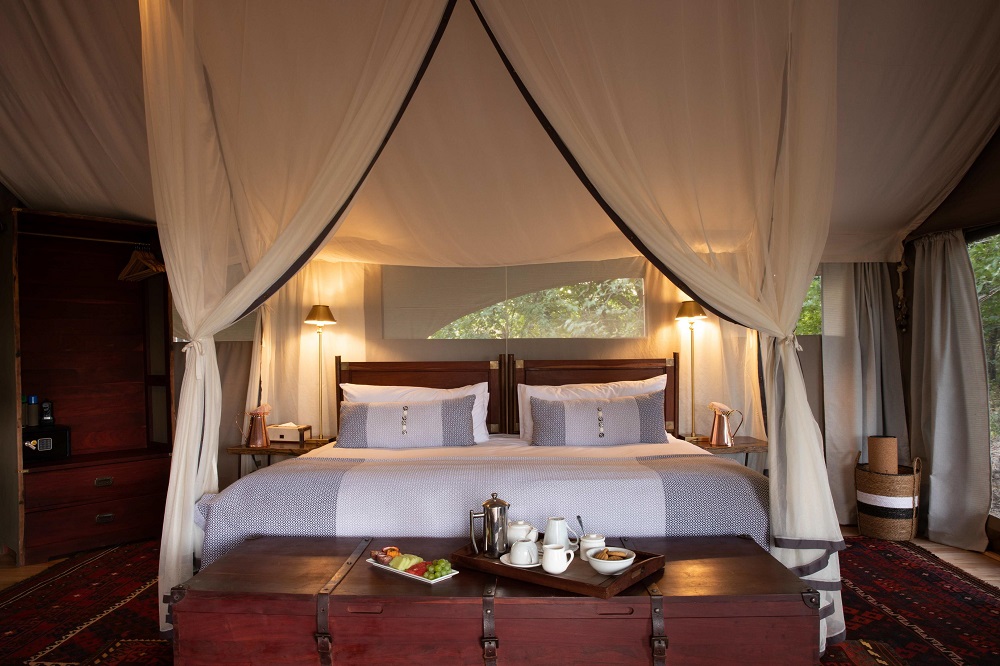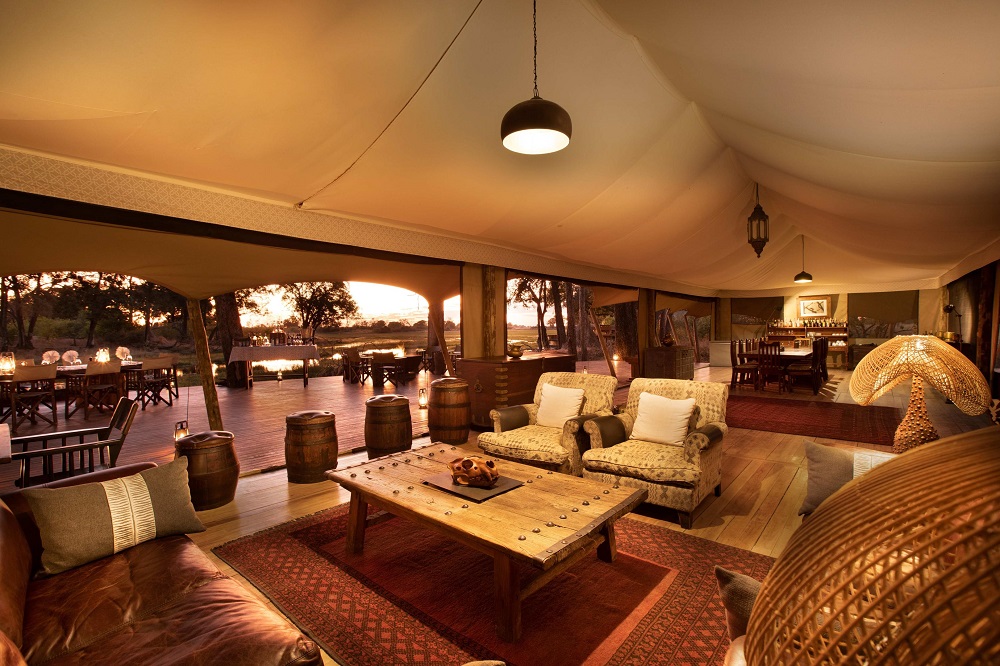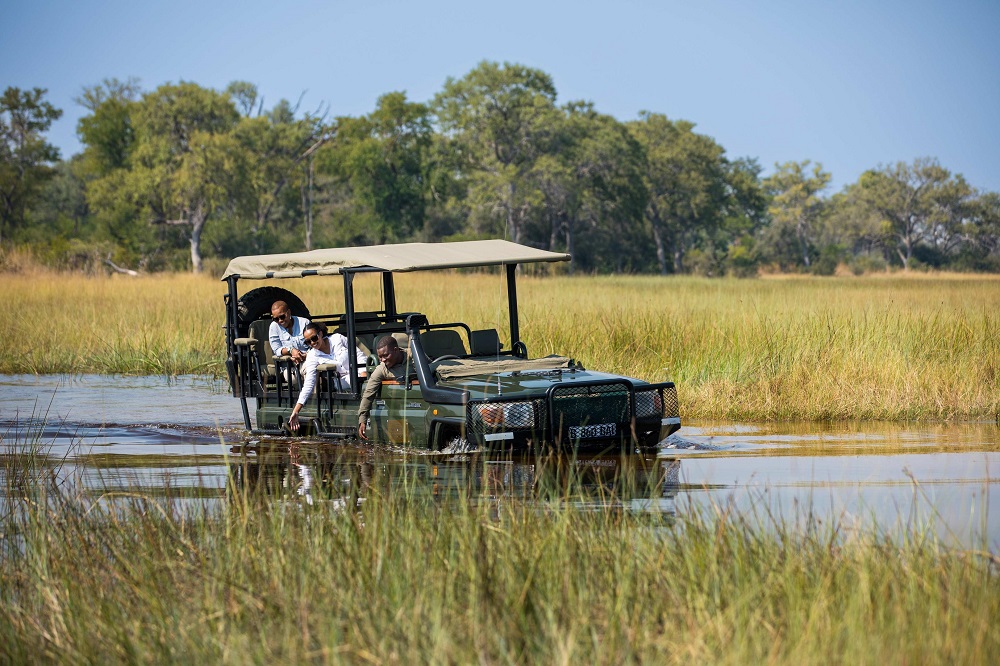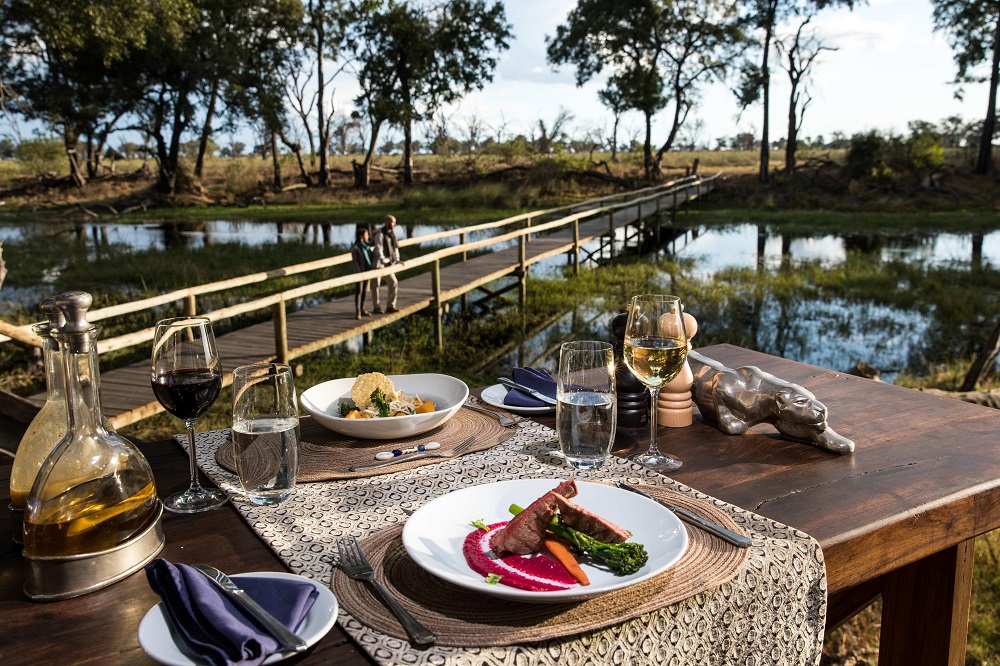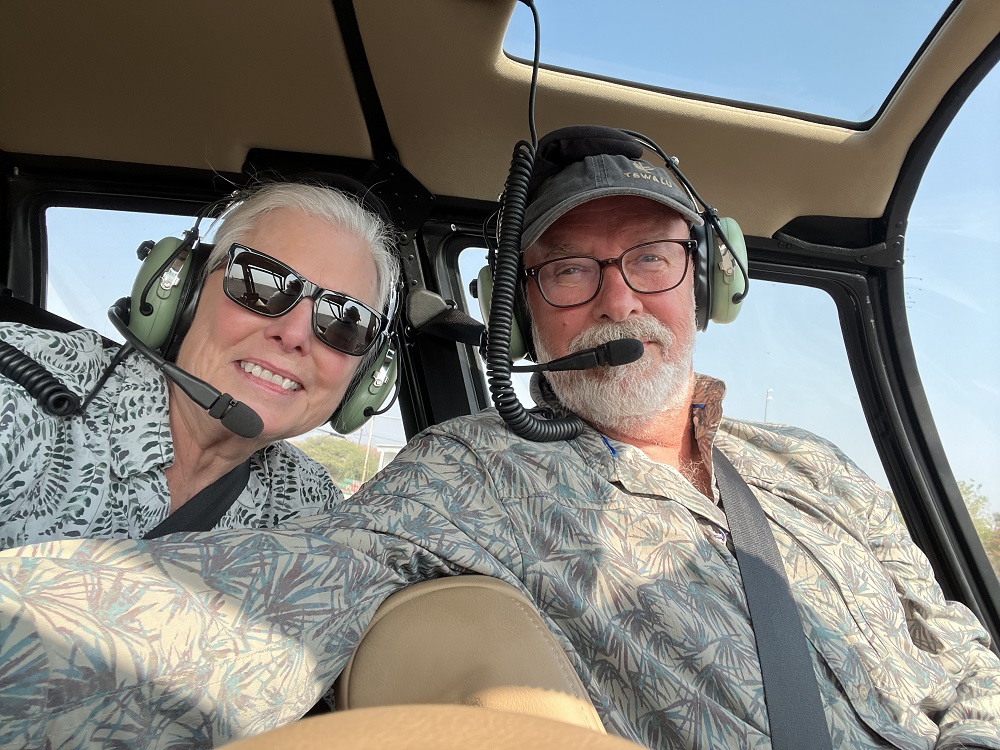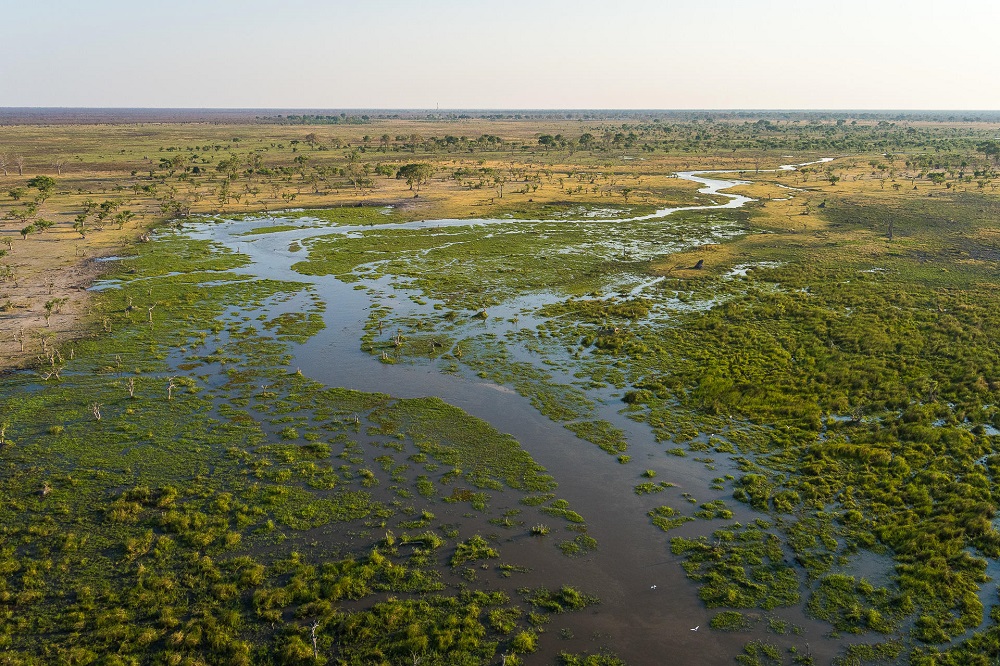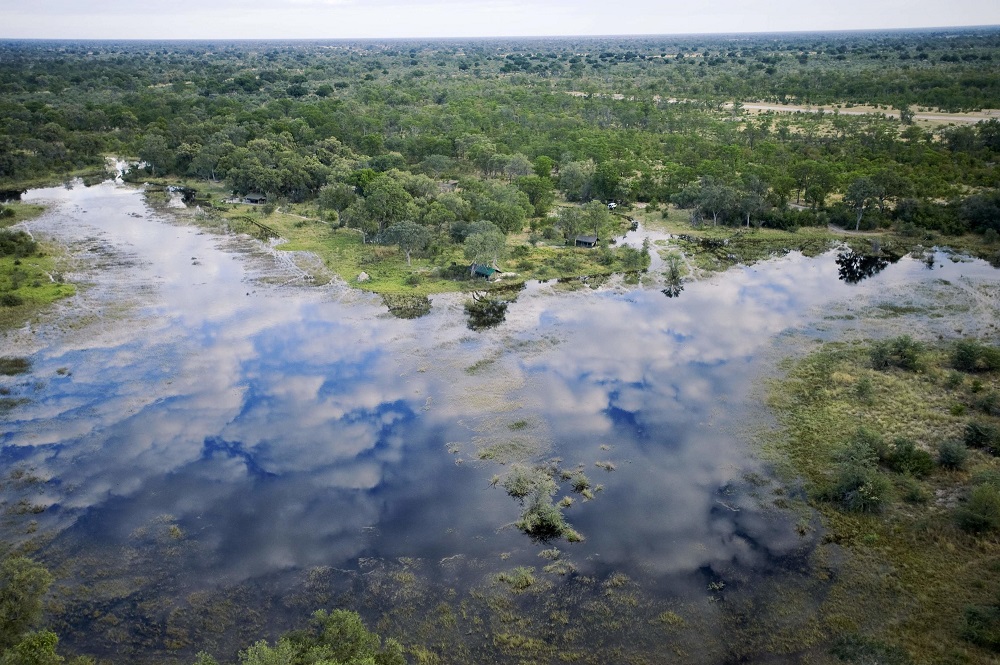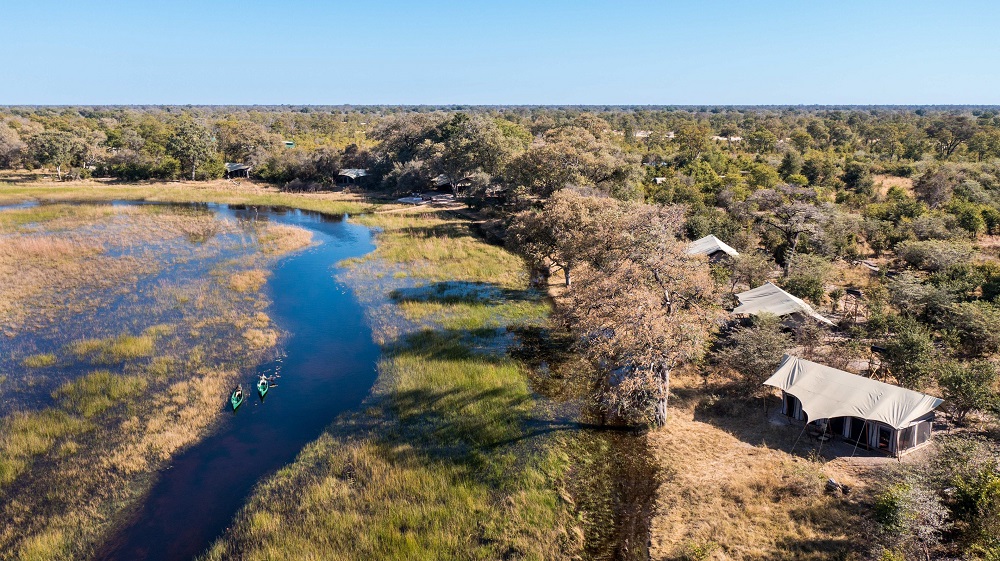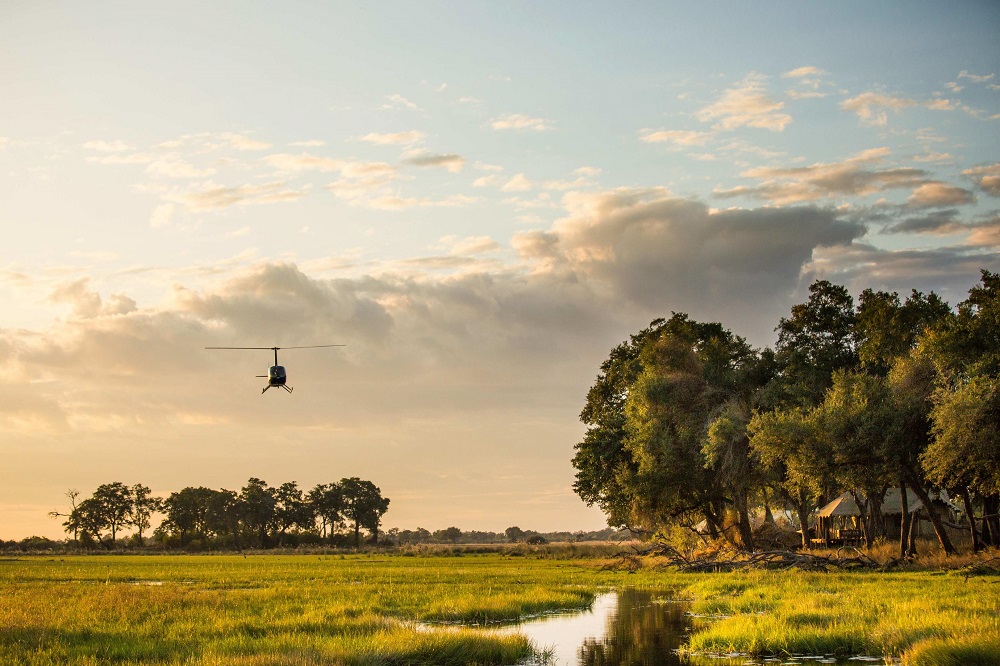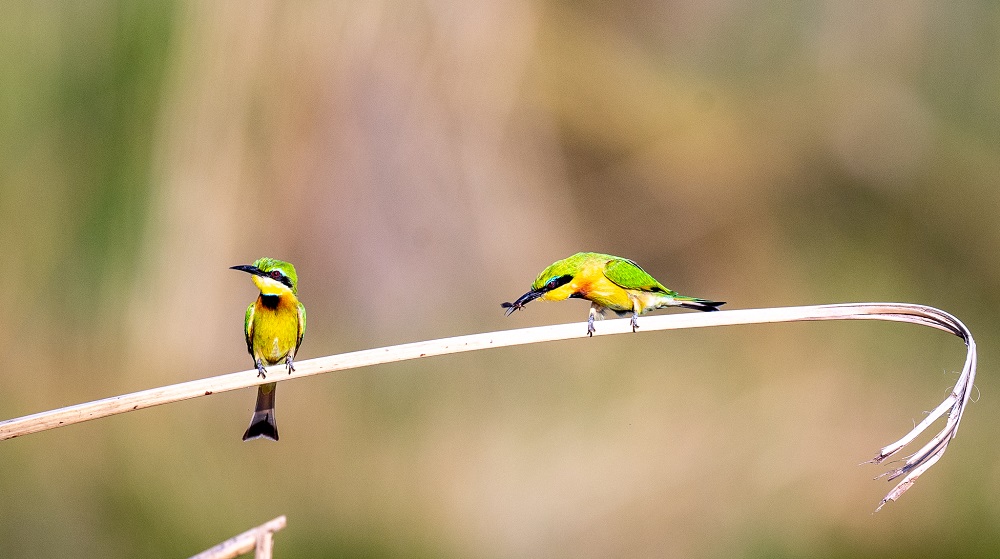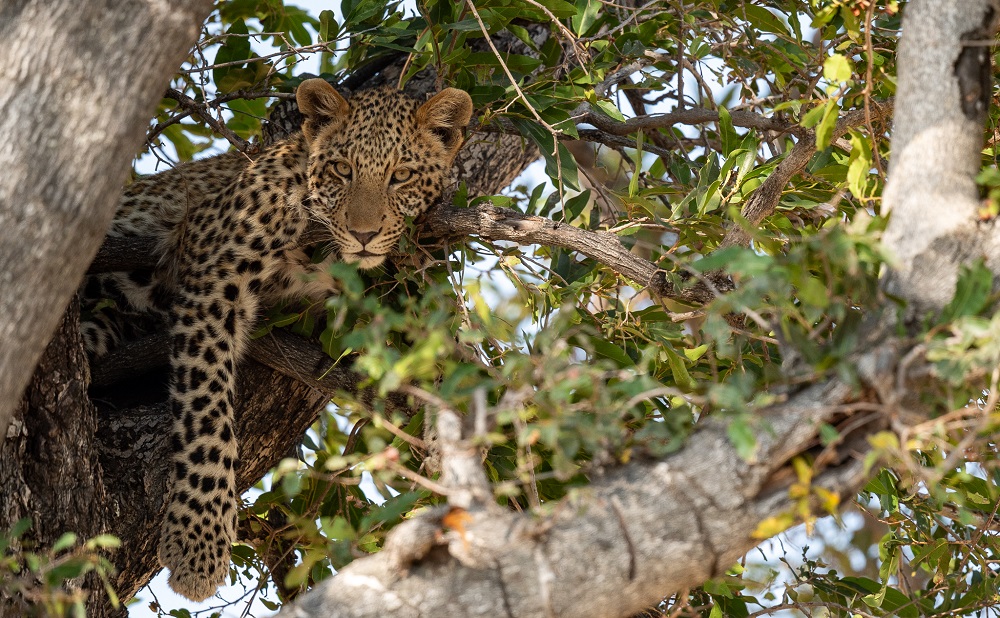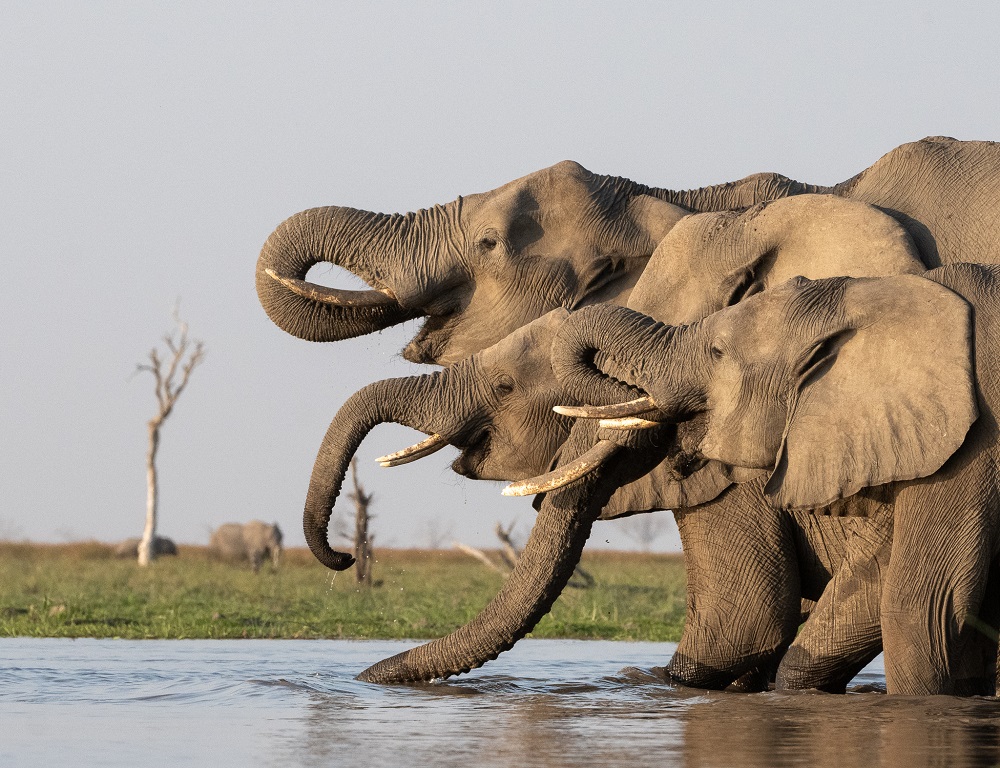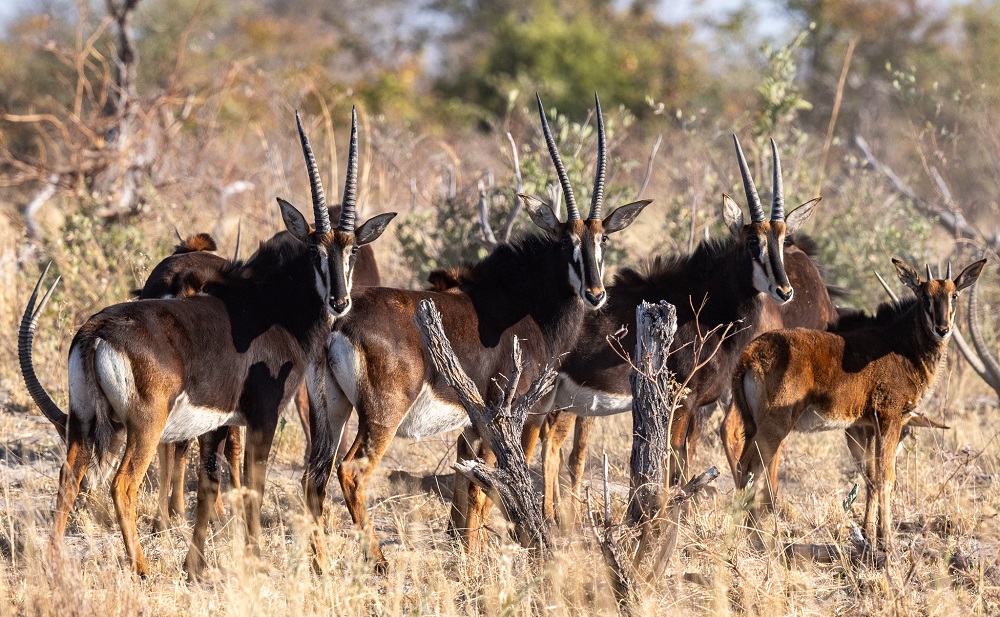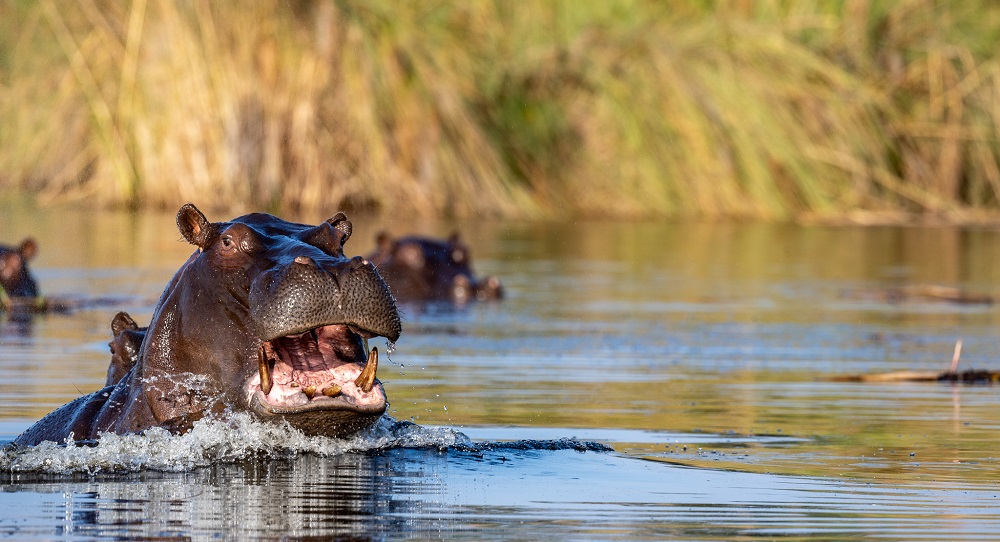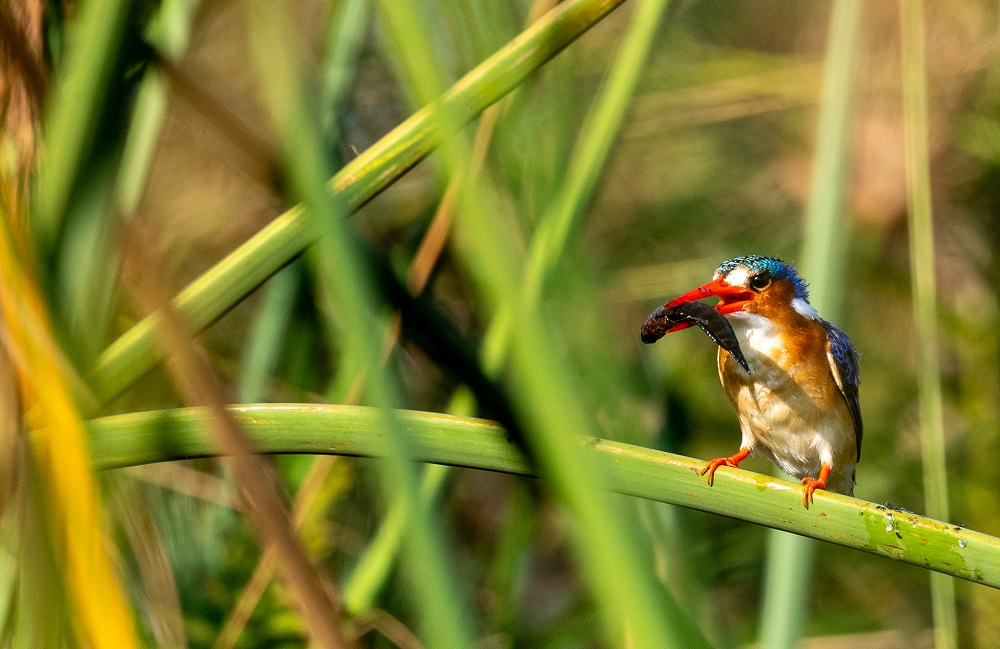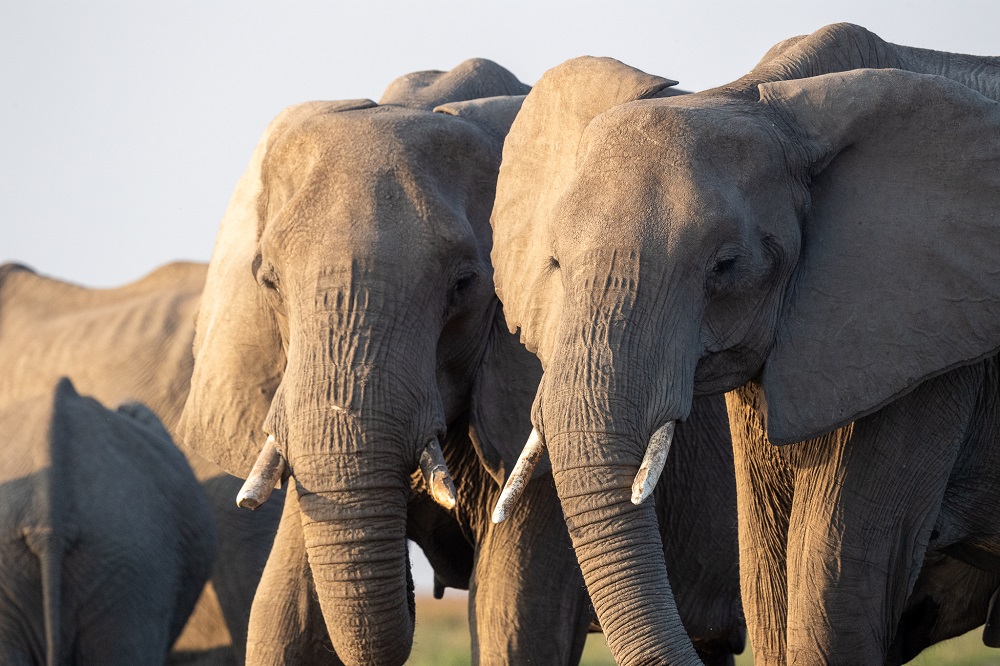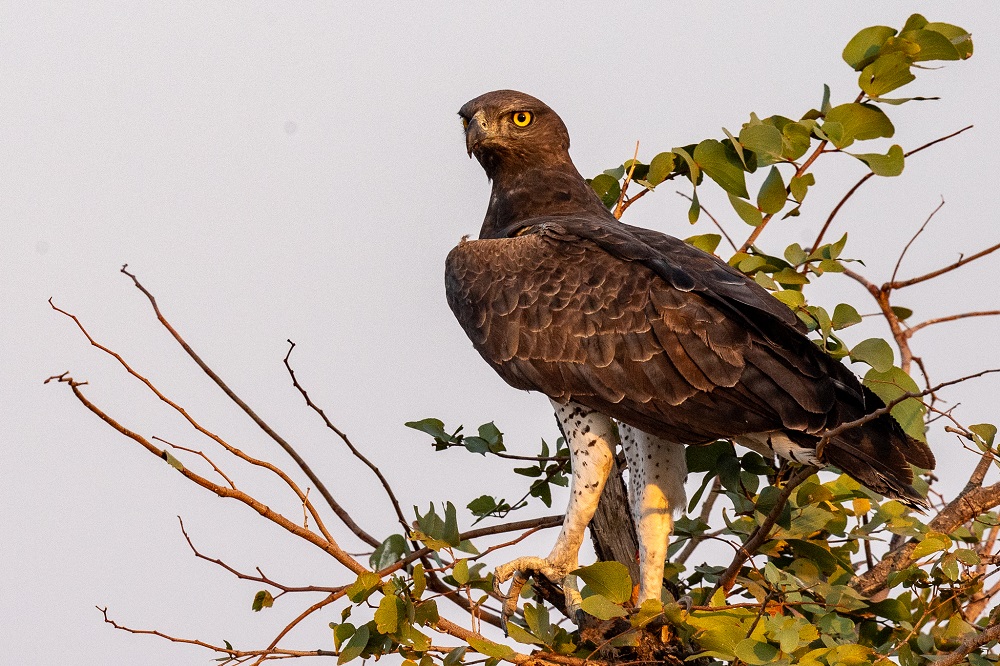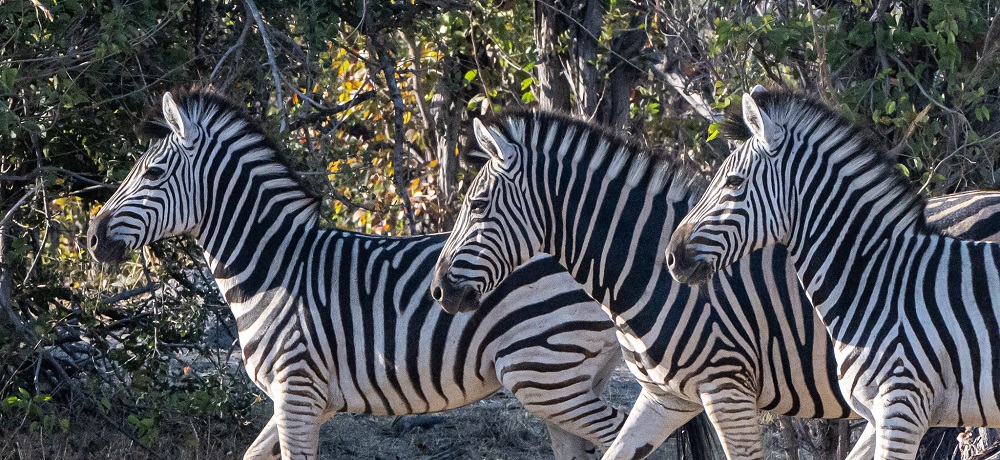Three things stuck with me in the aftermath of our recent two-night stay in Victoria Falls:
The Victoria Falls Hotel
It is impossible to over-romanticize the Victoria Falls Hotel. From the arched name board across the entranceway to the unassuming yet oddly regal front door with its four interior pillars, it takes just a few minutes to enter a completely different world. Stepping back into history is not a cliche here. Move from the front lobby through the central courtyard and onto the back verandah and 120 years disappear in an instant. There, right in front of you in the distance, is the enduring marvel of the famous bridge spanning the Zambezi river border between Zimbabwe and Zambia. Looking exactly like it did on the day on which the first general manager of the Vic Falls Hotel – Pierre Gavuzzi – must have gazed upon it when he showed up there in the winter of 1904. Since that day, the venerable old Edwardian property has undergone one complete rebuild and many additions, improvements, refurbishments and restorations. Clearly some good decisions were made along the way as the Victoria Falls Hotel has aged into one of the world’s unquestionably great hotels. To be sure, the grande dame of the Falls looks better every time I see it. In early December last year the property and the gardens were simply sparkling. I’m happy for it and for all the lucky hotel guests who will be spending a day or two there over the next 120 years.
The view of the Victoria Falls from the Zimbabwe side
My other takeaway following the recent visit? That I had forgotten how impressive the first look at the Victoria Falls can be. I think it was at lookout point #2 as our small group was being escorted to the starting point of the guided tour of the Falls. Which is, predictably, a massive statue of David Livingstone. We stopped at a clearing in the rainforest, looked slightly down and to the right and there it was. A wall of water cascading down the rocks, as vivid and impactful a demonstration of the beauty of nature as anything one could imagine. For at least a minute or two, the spectacle is so awesome, so involving, that most people just look. And stare. And then of course come the iPhones and cameras and other devices, everybody trying – and none truly succeeding – to capture the moment. You absolutely have to be there to truly appreciate it. Right? Right.
A sundowner cruise – and not too many other activities
Thirdly, some advice about activities in the Falls. Every year, there seems to be one or two new activities added to the already long list of things to do. Swimming in the rock pools right underneath the falls? Sounds like a great idea. Or maybe not. The same can be said about jumping into Devil’s Pool, the small natural rock pool right on the edge of the Falls, accessible only when the Zambezi is at low flow stage. As exhilarating an experience as it may be, it is not everybody’s cup of tea.
My best advice for your Vic Falls visit is to not overschedule it, for starters. Leave some time to just explore a bit, poke around in the village and support the local economy with a judicious purchase or two. Better yet, slow down for a cup of coffee at the Lookout Cafe – while enjoying the stupendous views over the Batoka Gorge, left and right. In the same vein, take high tea at the Vic Falls Hotel. Freshly baked scones with strawberry jam and delicate cucumber sandwiches with an endless cup of Earl Grey tea? Why not. All while training your binoculars on the people bungee jumping off the bridge. The view is priceless and the people watching on the verandah never disappoint. Just remember they’re looking at you too. It’s a spot where you can simply let time wash over you, slipping back into a simpler, more genteel era when the ‘news’ from England was at best two months old when it reached this former outpost of the empire.
There are a couple things you’d want to schedule in Vic Falls though. The previously mentioned tour of the Falls being one of them. Of course the Falls are at their most impressive when the water in the Zambezi is at flood stage, so if you happen to be there around February to May, get ready for a truly awesome experience. Even so, a visit during the low-water season from around September through November is still worthwhile. Our recent early December visit was a case in point. On some of our previous visits many of the views were obscured by incessant spray and foam. This time around, with the Zambezi just starting to come up from its lowest flow stage, the visibility was excellent and it was possible to get some nice exposures from most of the viewpoints. With our Wild Horizons guide Sorro (he was a jewel) leading the way, I think every one of us enjoyed the stroll along the falls, all the way out to the spot from where we watched the daredevils cavorting in Devil’s Pool. The path along the Falls is quite flat and accessible – we saw at least one person in a wheelchair – but be sure to wear sturdy walking or running shoes or something similar. There are many uneven spots and loose-fitting sandals or flipflops are just not going to hack it. For the kids, yes. For the rest of us, no.
Another activity which we would suggest pre-scheduling is an afternoon jet boat sundowner cruise on the Zambezi. There are many options but for our guests, we book the premium Bushtracks cruise. For a little bit more money, there’s a big payoff. A small, comfortable boat with a competent skipper, not too many other guests and the seating done in lounge style with plush chairs and small couches and tables, and plenty of room. In addition to the skipper, there’s a waiter and chef on board, with several warm canapés being freshly prepared and served as you slowly traverse the waters of the Zambezi. The major advantage of the jet boat vessel being that it can negotiate shallower water than most of the other larger propeller-driven boats.
And why a sundowner cruise, one might ask? Seeing the sun set over the Zambezi – even when it is partially obscured by clouds like it was on the most recent excursion – is always a highlight of a visit to the area. Being out on the Zambezi in a small boat amplifies the size and the impact of the river. It is massive – a veritable juggernaut bearing down on the Falls which are a couple of miles or so down-river. At about the half mile point from the Falls the cruise turns around, heading back upstream to the mooring point. Predictably, we did see some hippos, a couple of not so impressive crocodiles (go to nearby Chobe for the big monsters), several good birds, and as a bonus – an elephant swimming across the Zambezi, from Zimbabwe to Zambia.
If you overlook the presence of the other boats – at certain times of the year there will be quite a few – a sundowner cruise is a peaceful, relaxing outing in a beautiful natural setting. There is no rush to get anywhere, no deadline other than to be stationary somewhere the moment the softly glowing sun seemingly dips into the water of the Zambezi and then disappears. As you’ll soon find out on an Africa trip, the sunsets often get better and better beyond the actual sun setting moment. The sky becomes suffused with a golden, sometimes reddish or pinkish glow which is at its best as much as 20 minutes or so after sunset. And then, suddenly, it’s dark.
Pioneers Lodge
This time around, we spent two nights in Vic Falls at Pioneers lodge, a well-run guest lodge with its 50 rooms built around a large courtyard, facing in towards an attractive garden area with two pools, one of which is elevated on a different level. There were quite a few bird species skulking around the lush garden, some of them probably attracted by the nicely done waterfall feature. A bonus was the presence of two young fulvous whistling ducks, who apparently like to get into the pool with visitors. We didn’t mind. They are beautiful.
Located in a quiet neighborhood a couple of miles or so from the Falls, Pioneers Lodge and its sister property Batonka Lodge offer quality air-conditioned accommodation, well-prepared meals and lots of space in the terrace, bar and restaurant areas. The Wifi was pretty decent and we all spent a bit of time catching up on email or TikTok or whatever on our cellphones.
In addition to our tour of the Falls and the sundowner cruise, we took a cab (organized by the lodge) to the Vic Falls Hotel, walking from there to the Three Monkeys restaurant for pizza. To say that I was more than mildly surprised by the quality of the pizza – and how quickly it was turned out – would be an understatement. At US$11 and $15 respectively, the large wood-fired thin-crust Margeritha and Quattro Formaggio pan pies were not inexpensive but worth every cent.
With daily flights from the Victoria Falls area to Nairobi in Kenya, and vice versa, it is now easier than ever before to include a few days in Vic Falls with a Kenya safari. For more information about that, please get in touch with Jason at jason@fisheaglesafaris.com or leave a message with our answering service – any time of the day – at 1-800-513-5222 or 713-467-5222.




